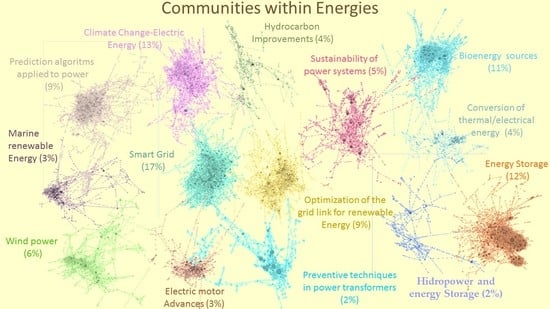Energies and Its Worldwide Research
Abstract
:1. Introduction
2. Methodology
3. Results and Discussion
3.1. General Findings
3.2. Establishing Communities
3.3. Analysis of Communities
3.3.1. Smart Grid Community
- “Improvement of transient stability in a hybrid power multisystem using a designed NIDC (Novel Intelligent Damping Controller)” with 76 citations [30].
- “A comprehensive review of operation and control, maintenance and lifespan management, grid planning and design, and metering in smart grids” with three citations [31].
- “Special Issue Intelligent control in energy systems” without citations [32].
3.3.2. Climate Change–Electric Energy Community
3.3.3. Energy Storage Community
- “Evaluation of lithium-ion battery equivalent circuit models for state of charge estimation by an experimental approach” with 453 citations [21].
- “Bridging the gap between automated manufacturing of fuel cell components and robotic assembly of fuel cell stacks” without citations [40].
- “Towards a smarter battery management system for electric vehicle applications: A critical review of lithium-ion battery state of charge estimation” with 15 citations [41].
3.3.4. Bioenergy Sources Community
- “Review on the use of diesel-biodiesel-alcohol blends in compression ignition engines” with 11 citations [44].
- “Biofuel and bioenergy technology” with one citation [45].
- “Biomass chars: The effects of pyrolysis conditions on their morphology, structure, chemical properties and reactivity” with 41 citations [46].
3.3.5. Prediction Algorithms Applied to the Power Community
- “Short-term solar irradiance forecasting model based on artificial neural network using statistical feature parameters” with 170 citations [48].
- “Short-Term Load Forecasting Using EMD-LSTM neural networks with a xgboost algorithm for feature importance evaluation” with 85 citations [49].
- “Deep neural network based demand side short term load forecasting” with 78 citations [50].
3.3.6. Optimization of the Grid Link for Renewable Energy Community
3.3.7. Wind Power Community
- “Wind turbine condition monitoring: State-of-the-art review, new trends, and future challenges” with 235 citations [58].
- “A numerical study of the effects of wind direction on turbine wakes and power losses in a large wind farm” with 147 citations [59].
- “Pitch angle misalignment correction based on benchmarking and laser scanner measurement in wind farms” with 12 citations [60].
3.3.8. Sustainability of Power Systems Community
- “Economic and Technical Aspects of Flexible Storage Photovoltaic Systems in Europe” with 30 citations [65].
- “Economic analysis of a photovoltaic system: A resource for residential households” with 28 citations [66].
- “What is the minimum EROI that a sustainable society must have?” with 308 citations [67].
3.3.9. Hydrocarbon Improvements Community
3.3.10. Conversion of Thermal/Electrical Energy Community
- “Geothermal energy: Delivering on the global potential” with 11 citations [76].
- “Comparison of different solar-assisted air conditioning systems for Australian office buildings” with 11 citations [77].
- “Combinatory finite element and artificial neural network model for predicting performance of thermoelectric generator” with three citations [78].
3.3.11. Electric Motor Advances Community
- “Investigation of a Novel 24-Slot/14-Pole Six-Phase Fault-Tolerant Modular Permanent-Magnet In-Wheel Motor for Electric Vehicles” with 38 citations [82].
- “Sensorless energy conservation control for permanent magnet synchronous motors based on a novel hybrid observer applied in coal conveyer systems” with one citation [83].
- “Permanent magnet synchronous machines” without citations [84].
3.3.12. Marine Renewable Energy Community
- “Assessment of the potential of energy extracted from waves and wind to supply offshore oil platforms operating in the gulf of Mexico” with five citations [87].
- “Evaluation of various technologies for wave energy conversion in the Portuguese nearshore” with 121 citations [88].
- “Special Issue “offshore renewable energy: Ocean waves, tides and offshore wind” with one citation [18].
3.3.13. Hydropower and Energy Storage Community
- Special Issue “fluid flow and heat transfer” without citations [91].
- “Advanced energy storage technologies and their applications (AESA2017)” without citations [19].
- “Optimization of guide vane closing schemes of pumped storage hydro unit using an enhanced multiobjective gravitational search algorithm” with 18 citations [92].
3.3.14. Preventive Techniques in Power Transformers Community
- “Review of physicochemical-based diagnostic techniques for assessing insulation condition in aged transformers” with 57 citations [95].
- “Diagnostic measurements for power transformers” with 67 citations [96].
- “Dissolved gas analysis principle-based intelligent approaches to fault diagnosis and decision making for large oil-immersed power transformers: A survey” with 19 citations [97].
3.4. Author Analysis, Affiliations, and Countries of Publication in MDPI’s Energies Journal
- Yoshio Bandô (ID 7202285914) is the second largest H-index author and has articles with 1300 citations [102]. He has collaborated with 159 different authors.
- Blaabjerg F. (ID 7004992352) is the third largest H-index author and has articles with 3200 citations [103]. He has collaborated with 159 different authors.
3.5. Analysis by Documents Type in MDPI’s Energies Journal
4. Conclusions
Author Contributions
Funding
Acknowledgments
Conflicts of Interest
References
- Caniato, M.; Carliez, D.; Thulstrup, A. Challenges and opportunities of new energy schemes for food security in humanitarian contexts: A selective review. Sustain. Energy Technol. Assess. 2017, 22, 208–219. [Google Scholar] [CrossRef]
- Kuperman, A.; Aharon, I.; Malki, S.; Kara, A. Design of a Semiactive Battery-Ultracapacitor Hybrid Energy Source. IEEE Trans. Power Electron. 2012, 28, 806–815. [Google Scholar] [CrossRef]
- Dileep, G. A survey on smart grid technologies and applications. Renew. Energy 2020, 146, 2589–2625. [Google Scholar] [CrossRef]
- Maciel, J.N.; Ledesma, J.J.G.; Ando Junior, O.H. The Forecasting Solar Power Output Generation: A Systematic Review with the Proknow-C. IEEE Lat. Am. Trans. 2020, 100, 1–13. [Google Scholar]
- Heydari, A.; Nezhad, M.M.; Pirshayan, E.; Garcia, D.A.; Keynia, F.; De Santoli, L. Short-term electricity price and load forecasting in isolated power grids based on composite neural network and gravitational search optimization algorithm. Appl. Energy 2020, 277, 115503. [Google Scholar] [CrossRef]
- Furstenau, L.; Sott, M.K.; Kipper, L.M.; Machado, E.L.; López-Robles, J.-R.; Dohan, M.S.; Cobo, M.J.; Zahid, A.; Abbasi, Q.H.; Imran, M.A. Link Between Sustainability and Industry 4.0: Trends, Challenges and New Perspectives. IEEE Access 2020, 8, 140079–140096. [Google Scholar] [CrossRef]
- Nguyen, N.T.; Matsuhashi, R.; Vo, T.T.B.C. A design on sustainable hybrid energy systems by multi-objective optimization for aquaculture industry. Renew. Energy 2021, 163, 1878–1894. [Google Scholar] [CrossRef]
- Beigzadeh, M.; Pourfayaz, F.; Ghazvini, M.; Ahmadi, M.H. Energy and exergy analyses of solid oxide fuel cell-gas turbine hybrid systems fed by different renewable biofuels: A comparative study. J. Clean. Prod. 2021, 280, 124383. [Google Scholar] [CrossRef]
- Demirbas, A. Biofuels sources, biofuel policy, biofuel economy and global biofuel projections. Energy Convers. Manag. 2008, 49, 2106–2116. [Google Scholar] [CrossRef]
- Guo, M.; Song, W.; Buhain, J. Bioenergy and biofuels: History, status, and perspective. Renew. Sustain. Energy Rev. 2015, 42, 712–725. [Google Scholar] [CrossRef]
- Suntio, T.; Messo, T. Power Electronics in Renewable Energy Systems. Energies 2019, 12, 1852. [Google Scholar] [CrossRef] [Green Version]
- Jadeja, R.; Ved, A.; Trivedi, T.; Khanduja, G. Control of Power Electronic Converters in AC Microgrid. Power Syst. 2019, 27, 329–355. [Google Scholar] [CrossRef]
- Wang, Y.; Hu, Q.; Li, L.; Foley, A.M.; Srinivasan, D. Approaches to wind power curve modeling: A review and discussion. Renew. Sustain. Energy Rev. 2019, 116, 109422. [Google Scholar] [CrossRef]
- Slootweg, J.; Kling, W. The impact of large scale wind power generation on power system oscillations. Electr. Power Syst. Res. 2003, 67, 9–20. [Google Scholar] [CrossRef]
- Majorowicz, J.; Grasby, S.E. Heat transition for major communities supported by geothermal energy development of the Alberta Basin, Canada. Geothermics 2020, 88, 101883. [Google Scholar] [CrossRef]
- Anastasovski, A. Improvement of energy efficiency in ethanol production supported with solar thermal energy—A case study. J. Clean. Prod. 2021, 278, 123476. [Google Scholar] [CrossRef]
- García, P.Q.; Ruiz, J.A.C.; Sanabria, J.G. Blue energy and marine spatial planning in Southern Europe. Energy Policy 2020, 140, 111421. [Google Scholar] [CrossRef]
- Rusu, E.; Venugopal, V. Special Issue “Offshore Renewable Energy: Ocean Waves, Tides and Offshore Wind”. Energies 2019, 12, 182. [Google Scholar] [CrossRef] [Green Version]
- Xiong, R.; Li, H.; Zhou, X. Advanced Energy Storage Technologies and Their Applications (AESA2017). Energies 2017, 10, 1366. [Google Scholar] [CrossRef] [Green Version]
- Sharma, S.; Panwar, A.K.; Tripathi, M.M. Storage technologies for electric vehicles. J. Traffic Transp. Eng. 2020, 7, 340–361. [Google Scholar] [CrossRef]
- He, H.; Xiong, R.; Fan, J. Evaluation of Lithium-Ion Battery Equivalent Circuit Models for State of Charge Estimation by an Experimental Approach. Energies 2011, 4, 582–598. [Google Scholar] [CrossRef]
- Wei, D.; He, H.; Cao, J. Hybrid electric vehicle electric motors for optimum energy efficiency: A computationally efficient design. Energy 2020, 203, 117779. [Google Scholar] [CrossRef]
- Bilgin, B.; Liang, J.; Terzic, M.V.; Dong, J.; Rodriguez, R.; Trickett, E.; Emadi, A. Modeling and Analysis of Electric Motors: State-of-the-Art Review. IEEE Trans. Transp. Electrif. 2019, 5, 602–617. [Google Scholar] [CrossRef] [Green Version]
- Queiroz, H.; Lopes, R.A.; Martins, J. Automated energy storage and curtailment system to mitigate distribution transformer aging due to high renewable energy penetration. Electr. Power Syst. Res. 2020, 182, 106199. [Google Scholar] [CrossRef]
- Kusumadevi, G.; Gurumurthy, G. Fault diagnostics in power transformer model winding for different alpha values. J. Electr. Syst. Inf. Technol. 2015, 2, 172–177. [Google Scholar] [CrossRef] [Green Version]
- Taghavinejad, A.; Sharifi, M.; Heidaryan, E.; Liu, K.; Ostadhassan, M. Flow modeling in shale gas reservoirs: A comprehensive review. J. Nat. Gas Sci. Eng. 2020, 83, 103535. [Google Scholar] [CrossRef]
- Khather, M.; Saeedi, A.; Myers, M.B.; Verrall, M. An experimental study for carbonate reservoirs on the impact of CO2-EOR on petrophysics and oil recovery. Fuel 2019, 235, 1019–1038. [Google Scholar] [CrossRef]
- Baños, R.; Alcayde, A.; Baños, R.; Montoya, F.G. A fast method for identifying worldwide scientific collaborations using the Scopus database. Telemat. Informa. 2018, 35, 168–185. [Google Scholar] [CrossRef]
- Alcayde, A.; Montoya, F.G.; Baños, R.; Perea-Moreno, A.-J.; Manzano-Agugliaro, F. Analysis of Research Topics and Scientific Collaborations in Renewable Energy Using Community Detection. Sustainability 2018, 10, 4510. [Google Scholar] [CrossRef] [Green Version]
- Ou, T.-C.; Lu, K.-H.; Huang, C.-J. Improvement of Transient Stability in a Hybrid Power Multi-System Using a Designed NIDC (Novel Intelligent Damping Controller). Energies 2017, 10, 488. [Google Scholar] [CrossRef] [Green Version]
- Hernández-Callejo, L. A Comprehensive Review of Operation and Control, Maintenance and Lifespan Management, Grid Planning and Design, and Metering in Smart Grids. Energies 2019, 12, 1630. [Google Scholar] [CrossRef] [Green Version]
- Anastasios, D. Special Issue “Intelligent Control in Energy Systems”. Energies 2019, 12, 3017. [Google Scholar] [CrossRef] [Green Version]
- Ahmad, A.; Khan, A.; Javaid, N.; Hussain, H.M.; Abdul, W.; Almogren, A.; Alamri, A.; Niaz, I.A. An Optimized Home Energy Management System with Integrated Renewable Energy and Storage Resources. Energies 2017, 10, 549. [Google Scholar] [CrossRef] [Green Version]
- Chen, T.; Jin, Y.; Lv, H.; Yang, A.; Liu, M.; Chen, B.; Xie, Y.; Chen, Q. Applications of Lithium-Ion Batteries in Grid-Scale Energy Storage Systems. Trans. Tianjin Univ. 2020, 26, 208–217. [Google Scholar] [CrossRef] [Green Version]
- Montoya, F.G.; Baños, R.; Alcayde, A.; Manzano-Agugliaro, F. Optimization Methods Applied to Power Systems. Energies 2019, 12, 2302. [Google Scholar] [CrossRef] [Green Version]
- Dovì, V.G.; Battaglini, A. Energy Policy and Climate Change: A Multidisciplinary Approach to a Global Problem. Energies 2015, 8, 13473–13480. [Google Scholar] [CrossRef] [Green Version]
- Calise, F.; Vicidomini, M.; Costa, M.; Wang, Q.; Østergaard, P.A.; Duić, N. Toward an Efficient and Sustainable Use of Energy in Industries and Cities. Energies 2019, 12, 3150. [Google Scholar] [CrossRef] [Green Version]
- Calise, F.; Costa, M.; Wang, Q.; Zhang, X.; Duić, N. Recent Advances in the Analysis of Sustainable Energy Systems. Energies 2018, 11, 2520. [Google Scholar] [CrossRef] [Green Version]
- Wang, R.; Xiong, J.; He, M.-F.; Gao, L.; Wang, L. Multi-objective optimal design of hybrid renewable energy system under multiple scenarios. Renew. Energy 2020, 151, 226–237. [Google Scholar] [CrossRef]
- Fowler, D.; Gurau, V.; Cox, D. Bridging the Gap between Automated Manufacturing of Fuel Cell Components and Robotic Assembly of Fuel Cell Stacks. Energies 2019, 12, 3604. [Google Scholar] [CrossRef] [Green Version]
- Ali, M.U.; Zafar, A.; Nengroo, S.H.; Hussain, S.; Alvi, M.J.; Kim, H.-J. Towards a Smarter Battery Management System for Electric Vehicle Applications: A Critical Review of Lithium-Ion Battery State of Charge Estimation. Energies 2019, 12, 446. [Google Scholar] [CrossRef] [Green Version]
- Yu, X.; Sandhu, N.S.; Yang, Z.; Zheng, M. Suitability of energy sources for automotive application—A review. Appl. Energy 2020, 271, 115169. [Google Scholar] [CrossRef]
- Turksoy, A.; Teke, A.; Alkaya, A. A comprehensive overview of the dc-dc converter-based battery charge balancing methods in electric vehicles. Renew. Sustain. Energy Rev. 2020, 133, 110274. [Google Scholar] [CrossRef]
- Niculescu, R.; Clenci, A.; Iorga-Simăn, V. Review on the Use of Diesel–Biodiesel–Alcohol Blends in Compression Ignition Engines. Energies 2019, 12, 1194. [Google Scholar] [CrossRef] [Green Version]
- Chen, W.-H.; Lee, K.T.; Ong, H.C. Biofuel and Bioenergy Technology. Energies 2019, 12, 290. [Google Scholar] [CrossRef] [Green Version]
- Guizani, C.; Jeguirim, M.; Valin, S.; Limousy, L.; Salvador, S. Biomass Chars: The Effects of Pyrolysis Conditions on Their Morphology, Structure, Chemical Properties and Reactivity. Energies 2017, 10, 796. [Google Scholar] [CrossRef] [Green Version]
- Karakashev, D.; Zhang, Y. BioEnergy and BioChemicals Production from Biomass and Residual Resources. Energies 2018, 11, 2125. [Google Scholar] [CrossRef] [Green Version]
- Wang, F.; Mi, Z.; Su, S.; Zhao, H. Short-Term Solar Irradiance Forecasting Model Based on Artificial Neural Network Using Statistical Feature Parameters. Energies 2012, 5, 1355–1370. [Google Scholar] [CrossRef] [Green Version]
- Zheng, H.; Yuan, J.; Chen, L. Short-Term Load Forecasting Using EMD-LSTM Neural Networks with a Xgboost Algorithm for Feature Importance Evaluation. Energies 2017, 10, 1168. [Google Scholar] [CrossRef] [Green Version]
- Ryu, S.; Noh, J.; Kim, H. Deep Neural Network Based Demand Side Short Term Load Forecasting. Energies 2016, 10, 3. [Google Scholar] [CrossRef]
- Singh, S.; Yassine, A. Big Data Mining of Energy Time Series for Behavioral Analytics and Energy Consumption Forecasting. Energies 2018, 11, 452. [Google Scholar] [CrossRef] [Green Version]
- Lorencin, I.; Anđelić, N.; Mrzljak, V.; Car, Z. Genetic Algorithm Approach to Design of Multi-Layer Perceptron for Combined Cycle Power Plant Electrical Power Output Estimation. Energies 2019, 12, 4352. [Google Scholar] [CrossRef] [Green Version]
- Al Mansur, A.; Amin, R.; Islam, K.K. Performance Comparison of Mismatch Power Loss Minimization Techniques in Series-Parallel PV Array Configurations. Energies 2019, 12, 874. [Google Scholar] [CrossRef] [Green Version]
- Van Sark, W. Photovoltaic System Design and Performance. Energies 2019, 12, 1826. [Google Scholar] [CrossRef] [Green Version]
- Rodrigues, E.M.; Godina, R.; Marzband, M.; Pouresmaeil, E. Simulation and Comparison of Mathematical Models of PV Cells with Growing Levels of Complexity. Energies 2018, 11, 2902. [Google Scholar] [CrossRef] [Green Version]
- Bertin, C.; Fapi, N.; Kamta, M.; Wira, P. A comprehensive assessment of MPPT algorithms to optimal power extraction of a PV panel. J. Sol. Energy Res. 2019, 4, 172–179. [Google Scholar]
- Guo, X.; Yuan, J.; Tang, Y.; You, X. Hardware in the Loop Real-Time Simulation for the Associated Discrete Circuit Modeling Optimization Method of Power Converters. Energies 2018, 11, 3237. [Google Scholar] [CrossRef] [Green Version]
- Tchakoua, P.; Benini, E.; Ouhrouche, M.; Slaoui-Hasnaoui, F.; Tameghe, T.A.; Ekemb, G. Wind Turbine Condition Monitoring: State-of-the-Art Review, New Trends, and Future Challenges. Energies 2014, 7, 2595–2630. [Google Scholar] [CrossRef] [Green Version]
- Porté-Agel, F.; Wu, Y.-T.; Chen, C.-H. A Numerical Study of the Effects of Wind Direction on Turbine Wakes and Power Losses in a Large Wind Farm. Energies 2013, 6, 5297–5313. [Google Scholar] [CrossRef]
- Elosegui, U.; Egana, I.; Ulazia, A.; Ibarra-Berastegi, G. Pitch Angle Misalignment Correction Based on Benchmarking and Laser Scanner Measurement in Wind Farms. Energies 2018, 11, 3357. [Google Scholar] [CrossRef] [Green Version]
- Barambones, O. Sliding Mode Control Strategy for Wind Turbine Power Maximization. Energies 2012, 5, 2310–2330. [Google Scholar] [CrossRef]
- Djilali, L.; Sanchez, E.N.; Belkheiri, M. Real-time neural sliding mode field oriented control for a DFIG-based wind turbine under balanced and unbalanced grid conditions. IET Renew. Power Gener. 2019, 13, 618–632. [Google Scholar] [CrossRef]
- Elyaakoubi, A.; Attari, K.; Asselman, A.; Djebli, A. Novel power capture optimization based sensorless maximum power point tracking strategy and internal model controller for wind turbines systems driven SCIG. Front. Energy 2019, 13, 742–756. [Google Scholar] [CrossRef]
- Duong, M.Q.; Grimaccia, F.; Leva, S.; Mussetta, M.; Le, K.H. Improving Transient Stability in a Grid-Connected Squirrel-Cage Induction Generator Wind Turbine System Using a Fuzzy Logic Controller. Energies 2015, 8, 6328–6349. [Google Scholar] [CrossRef] [Green Version]
- Zsiborács, H.; Baranyai, N.H.; Vincze, A.; Háber, I.; Pintér, G. Economic and Technical Aspects of Flexible Storage Photovoltaic Systems in Europe. Energies 2018, 11, 1445. [Google Scholar] [CrossRef] [Green Version]
- Cucchiella, F.; D’Adamo, I.; Gastaldi, M. Economic Analysis of a Photovoltaic System: A Resource for Residential Households. Energies 2017, 10, 814. [Google Scholar] [CrossRef] [Green Version]
- Hall, C.A.S.; Balogh, S.; Murphy, D.J.R. What is the Minimum EROI that a Sustainable Society Must Have? Energies 2009, 2, 25–47. [Google Scholar] [CrossRef]
- Cucchiella, F.; D’Adamo, I.; Rosa, P. Industrial Photovoltaic Systems: An Economic Analysis in Non-Subsidized Electricity Markets. Energies 2015, 8, 12865–12880. [Google Scholar] [CrossRef] [Green Version]
- Klemeš, J.J.; Varbanov, P.S.; Ocłoń, P.; Chin, H.H. Towards Efficient and Clean Process Integration: Utilisation of Renewable Resources and Energy-Saving Technologies. Energies 2019, 12, 4092. [Google Scholar] [CrossRef] [Green Version]
- Cai, J.; Zhang, Z.; Kang, Q.; Singh, H. Recent Advances in Flow and Transport Properties of Unconventional Reservoirs. Energies 2019, 12, 1865. [Google Scholar] [CrossRef] [Green Version]
- Cai, J.; Sun, S.; Habibi, A.; Zhang, Z. Emerging Advances in Petrophysics: Porous Media Characterization and Modeling of Multiphase Flow. Energies 2019, 12, 282. [Google Scholar] [CrossRef] [Green Version]
- Alvarado, V.; Manrique, E. Enhanced Oil Recovery: An Update Review. Energies 2010, 3, 1529–1575. [Google Scholar] [CrossRef]
- Yin, Z.; Linga, P. Methane hydrates: A future clean energy resource. Chin. J. Chem. Eng. 2019, 27, 2026–2036. [Google Scholar] [CrossRef]
- Schicks, J.M.; Spangenberg, E.; Giese, R.; Steinhauer, B.; Klump, J.; Luzi-Helbing, M. New Approaches for the Production of Hydrocarbons from Hydrate Bearing Sediments. Energies 2011, 4, 151–172. [Google Scholar] [CrossRef] [Green Version]
- Gao, L.-J.; Li, Y.-Z.; Xu, H.-J.; Zhang, X.; Yuan, M.; Ning, X. Numerical Investigation on Heat-Transfer and Hydromechanical Performance Inside Contaminant-Insensitive Sublimators under a Vacuum Environment for Spacecraft Applications. Energies 2019, 12, 4562. [Google Scholar] [CrossRef] [Green Version]
- Younger, P.L. Geothermal Energy: Delivering on the Global Potential. Energies 2015, 8, 11737–11754. [Google Scholar] [CrossRef] [Green Version]
- Ma, Y.; Saha, S.C.; Miller, W.; Guan, L. Comparison of Different Solar-Assisted Air Conditioning Systems for Australian Office Buildings. Energies 2017, 10, 1463. [Google Scholar] [CrossRef] [Green Version]
- Kishore, R.A.; Mahajan, R.L.; Priya, S. Combinatory Finite Element and Artificial Neural Network Model for Predicting Performance of Thermoelectric Generator. Energies 2018, 11, 2216. [Google Scholar] [CrossRef] [Green Version]
- Tocci, L.; Pal, T.; Pesmazoglou, I.; Franchetti, B. Small Scale Organic Rankine Cycle (ORC): A Techno-Economic Review. Energies 2017, 10, 413. [Google Scholar] [CrossRef]
- Mudasar, R.; Aziz, F.; Kim, M.-H. Thermodynamic analysis of organic Rankine cycle used for flue gases from biogas combustion. Energy Convers. Manag. 2017, 153, 627–640. [Google Scholar] [CrossRef]
- Cao, X.; Dai, X.; Liu, J. Building energy-consumption status worldwide and the state-of-the-art technologies for zero-energy buildings during the past decade. Energy Build. 2016, 128, 198–213. [Google Scholar] [CrossRef]
- Zheng, P.; Wu, F.; Lei, Y.; Sui, Y.; Yu, B. Investigation of a Novel 24-Slot/14-Pole Six-Phase Fault-Tolerant Modular Permanent-Magnet In-Wheel Motor for Electric Vehicles. Energies 2013, 6, 4980–5002. [Google Scholar] [CrossRef]
- Li, S.; Zhou, X. Sensorless Energy Conservation Control for Permanent Magnet Synchronous Motors Based on a Novel Hybrid Observer Applied in Coal Conveyer Systems. Energies 2018, 11, 2554. [Google Scholar] [CrossRef] [Green Version]
- Eriksson, S. Permanent Magnet Synchronous Machines. Energies 2019, 12, 2830. [Google Scholar] [CrossRef] [Green Version]
- Liang, P.; Pei, Y.; Chai, F.; Zhao, K. Analytical Calculation of D- and Q-axis Inductance for Interior Permanent Magnet Motors Based on Winding Function Theory. Energies 2016, 9, 580. [Google Scholar] [CrossRef] [Green Version]
- Wang, L.; Li, Y.; Li, J. Diagnosis of Inter-Turn Short Circuit of Synchronous Generator Rotor Winding Based on Volterra Kernel Identification. Energies 2018, 11, 2524. [Google Scholar] [CrossRef] [Green Version]
- Haces-Fernandez, F.; Li, H.; Ramirez, D. Assessment of the Potential of Energy Extracted from Waves and Wind to Supply Offshore Oil Platforms Operating in the Gulf of Mexico. Energies 2018, 11, 1084. [Google Scholar] [CrossRef] [Green Version]
- Silva, D.; Rusu, E.; Soares, C.G. Evaluation of Various Technologies for Wave Energy Conversion in the Portuguese Nearshore. Energies 2013, 6, 1344–1364. [Google Scholar] [CrossRef]
- Rusu, E. Evaluation of the Wave Energy Conversion Efficiency in Various Coastal Environments. Energies 2014, 7, 4002–4018. [Google Scholar] [CrossRef] [Green Version]
- Hansen, R.H.; Kramer, M.M.; Vidal, E. Discrete Displacement Hydraulic Power Take-Off System for the Wavestar Wave Energy Converter. Energies 2013, 6, 4001–4044. [Google Scholar] [CrossRef]
- Jaworski, A.J. Special Issue “Fluid Flow and Heat Transfer”. Energies 2019, 12, 3044. [Google Scholar] [CrossRef] [Green Version]
- Zhou, J.; Xu, Y.; Zheng, Y.; Zhang, Y. Optimization of Guide Vane Closing Schemes of Pumped Storage Hydro Unit Using an Enhanced Multi-Objective Gravitational Search Algorithm. Energies 2017, 10, 911. [Google Scholar] [CrossRef]
- Hjertager, B.H. Engineering Fluid Dynamics. Energies 2017, 10, 1467. [Google Scholar] [CrossRef] [Green Version]
- Frosina, E.; Buono, D.; Senatore, A. A Performance Prediction Method for Pumps as Turbines (PAT) Using a Computational Fluid Dynamics (CFD) Modeling Approach. Energies 2017, 10, 103. [Google Scholar] [CrossRef] [Green Version]
- N’Cho, J.S.; Fofana, I.; Hadjadj, Y.; Beroual, A. Review of Physicochemical-Based Diagnostic Techniques for Assessing Insulation Condition in Aged Transformers. Energies 2016, 9, 367. [Google Scholar] [CrossRef]
- Tenbohlen, S.; Coenen, S.; Djamali, M.; Müller, A.; Samimi, M.H.; Siegel, M. Diagnostic Measurements for Power Transformers. Energies 2016, 9, 347. [Google Scholar] [CrossRef]
- Cheng, L.; Yu, T. Dissolved Gas Analysis Principle-Based Intelligent Approaches to Fault Diagnosis and Decision Making for Large Oil-Immersed Power Transformers: A Survey. Energies 2018, 11, 913. [Google Scholar] [CrossRef] [Green Version]
- Godina, R.; Rodrigues, E.M.; Matias, J.C.; Catalão, J.P. Effect of Loads and Other Key Factors on Oil-Transformer Ageing: Sustainability Benefits and Challenges. Energies 2015, 8, 12147–12186. [Google Scholar] [CrossRef] [Green Version]
- Zhang, Y.; Liu, J.; Zheng, H.; Wei, H.; Liao, R. Study on Quantitative Correlations between the Ageing Condition of Transformer Cellulose Insulation and the Large Time Constant Obtained from the Extended Debye Model. Energies 2017, 10, 1842. [Google Scholar] [CrossRef] [Green Version]
- Stankovich, S.; Dikin, D.A.; Piner, R.D.; Kohlhaas, K.A.; Kleinhammes, A.; Jia, Y.; Wu, Y.; Nguyen, S.T.; Ruoff, R.S. Synthesis of graphene-based nanosheets via chemical reduction of exfoliated graphite oxide. Carbon 2007, 45, 1558–1565. [Google Scholar] [CrossRef]
- Stankovich, S.; Dikin, D.A.; Dommett, G.H.B.; Kohlhaas, K.M.; Zimney, E.J.; Stach, E.A.; Piner, R.D.; Nguyen, S.T.; Ruoff, R.S. Graphene-based composite materials. Nat. Cell Biol. 2006, 442, 282–286. [Google Scholar] [CrossRef]
- Golberg, D.V.; Bando, Y.; Huang, Y.; Terao, T.; Mitome, M.; Tang, C.; Zhi, C. Boron Nitride Nanotubes and Nanosheets. ACS Nano 2010, 4, 2979–2993. [Google Scholar] [CrossRef] [PubMed]
- Blaabjerg, F.; Teodorescu, R.; Liserre, M.; Timbus, A.V. Overview of Control and Grid Synchronization for Distributed Power Generation Systems. IEEE Trans. Ind. Electron. 2006, 53, 1398–1409. [Google Scholar] [CrossRef] [Green Version]
- Fernández-Ros, M.; Alcayde, A.; El Khaled, D.; Manzano-Agugliaro, F. Coatings in Photovoltaic Solar Energy Worldwide Research. Coatings 2019, 9, 797. [Google Scholar] [CrossRef] [Green Version]


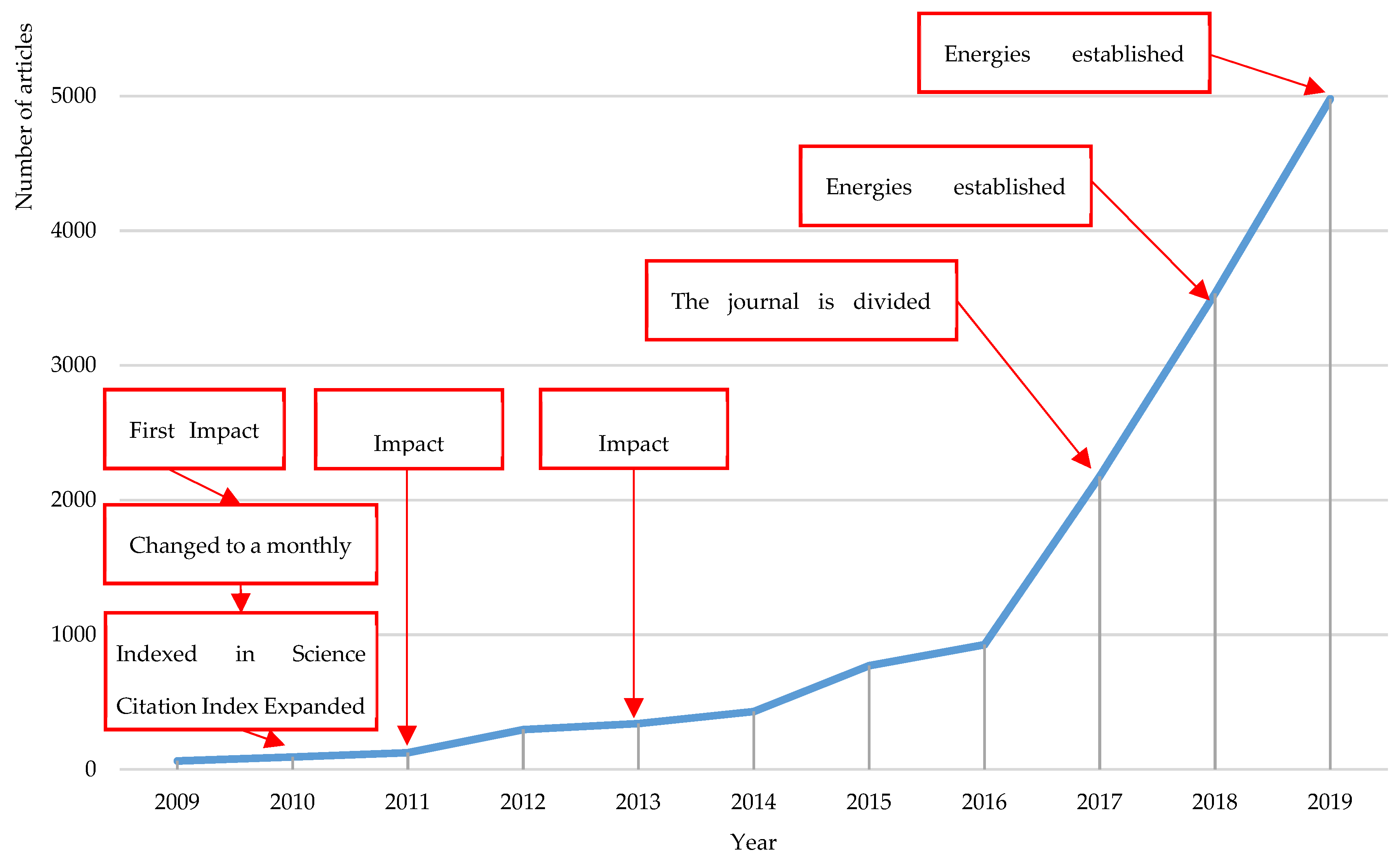
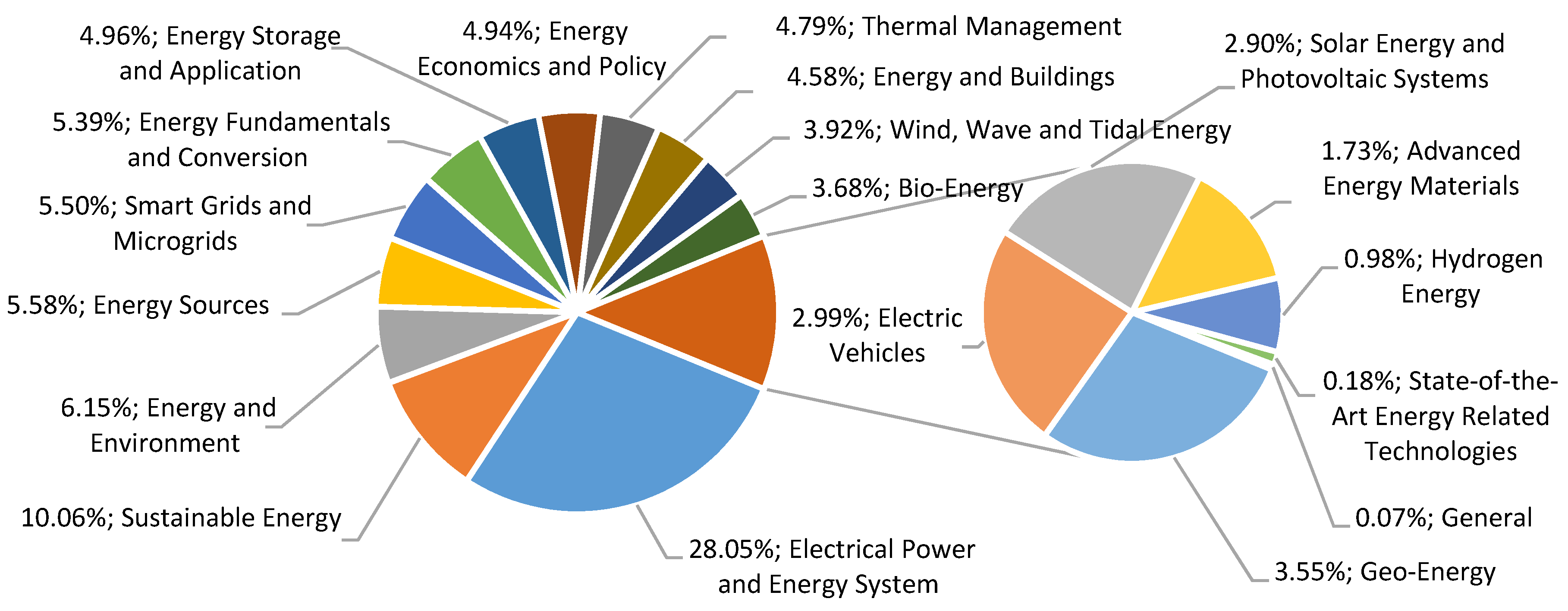
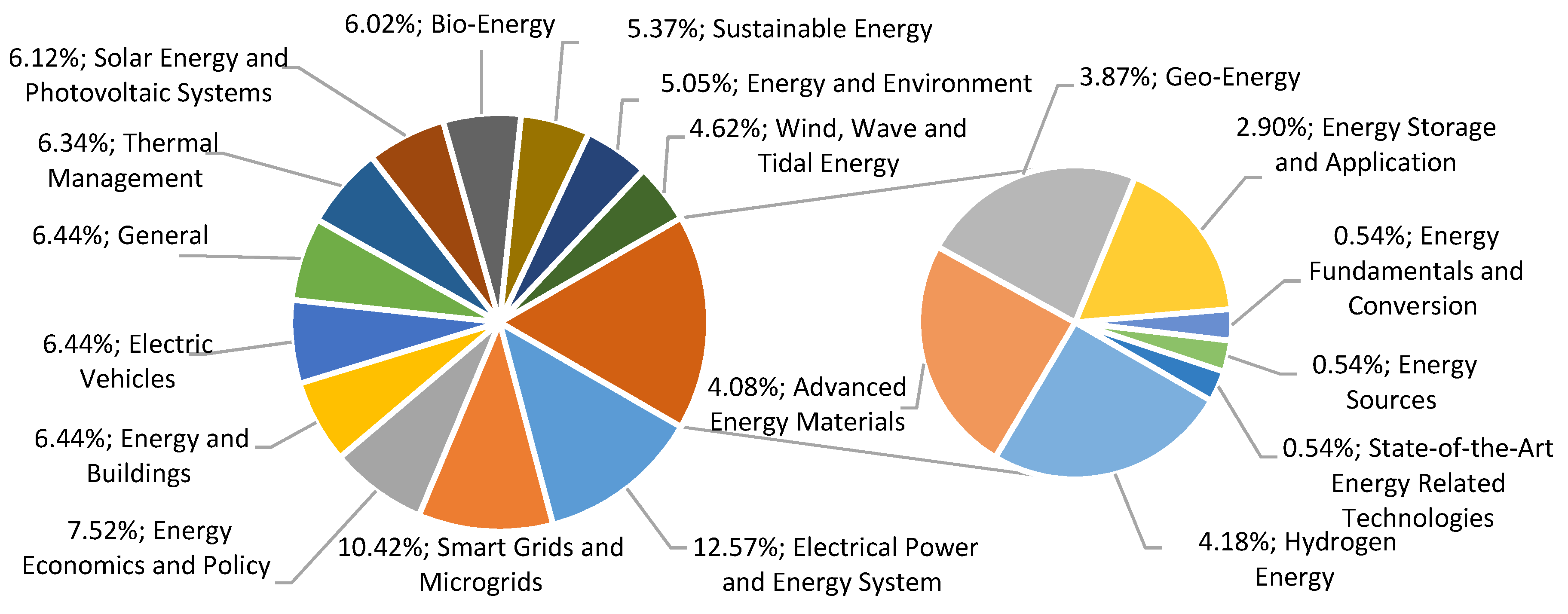
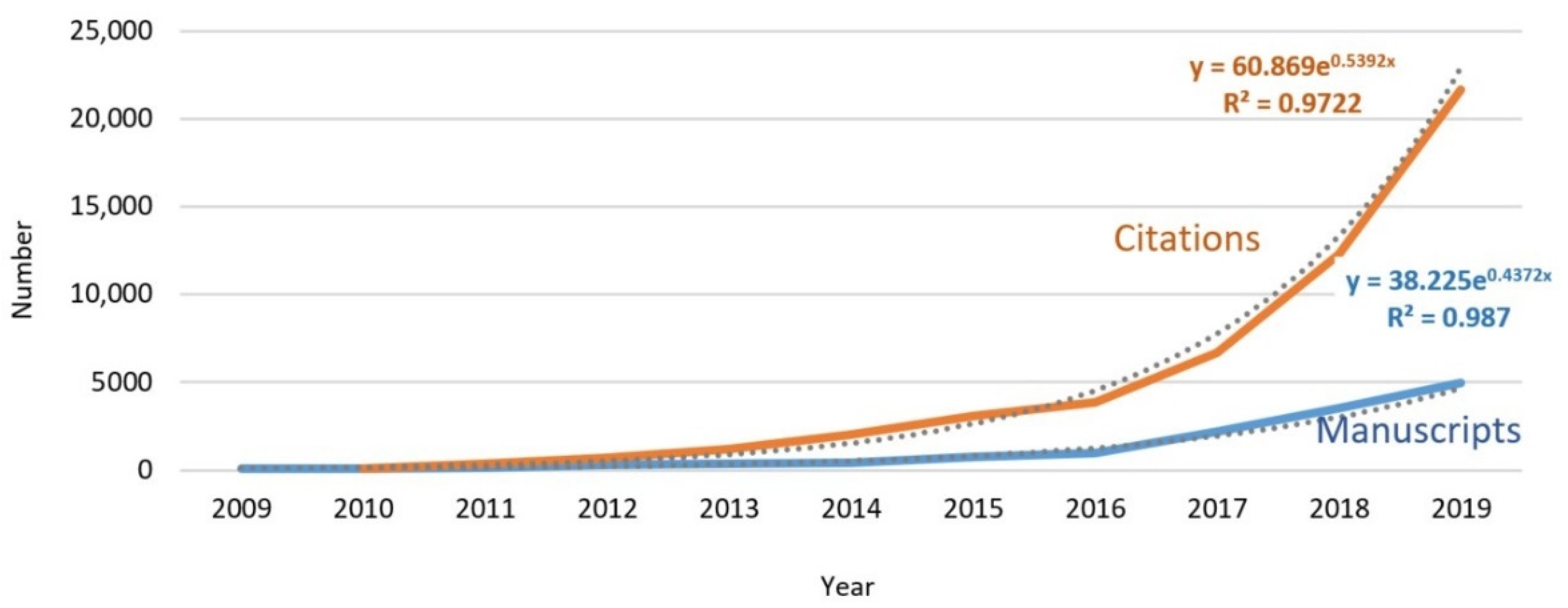

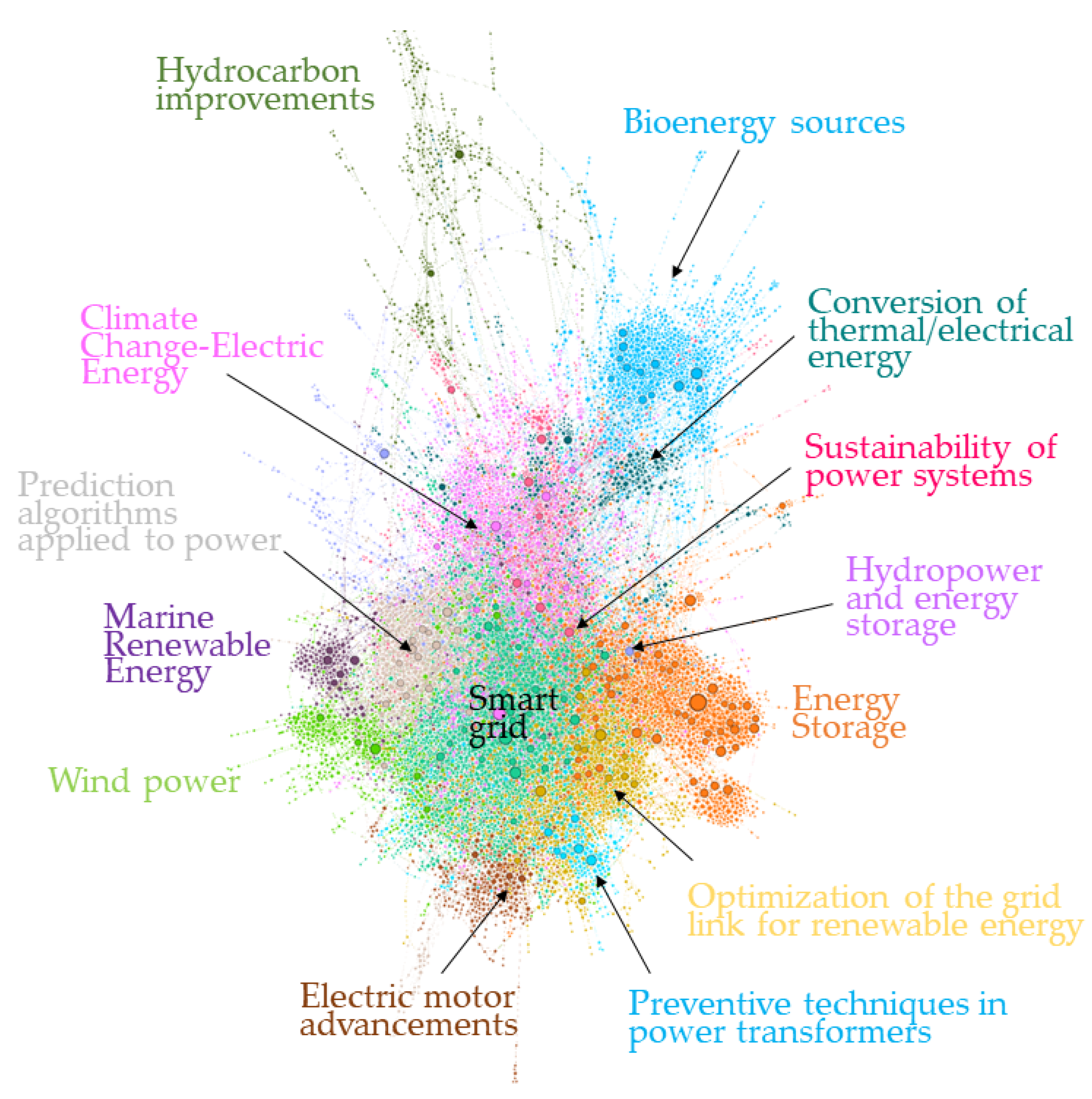

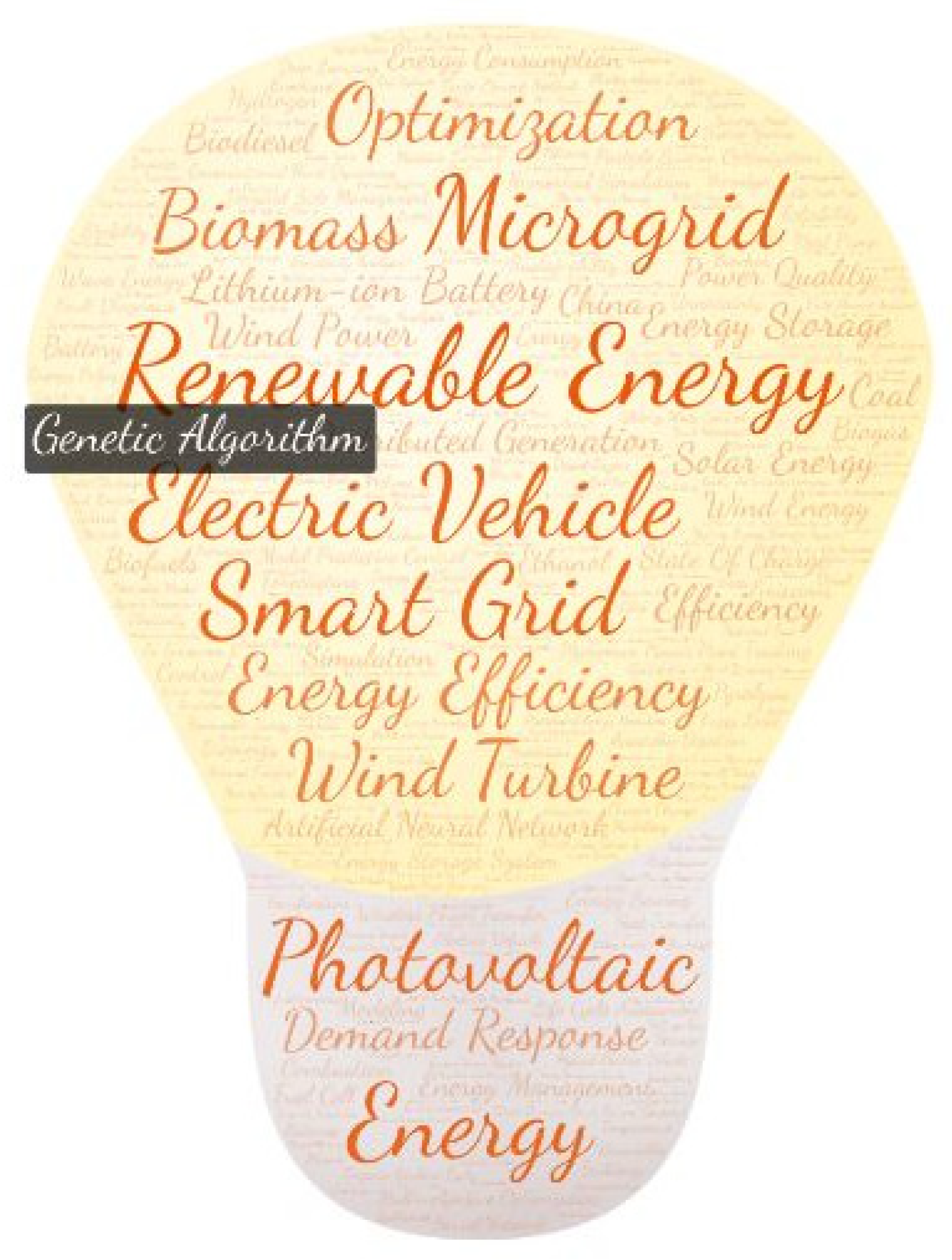
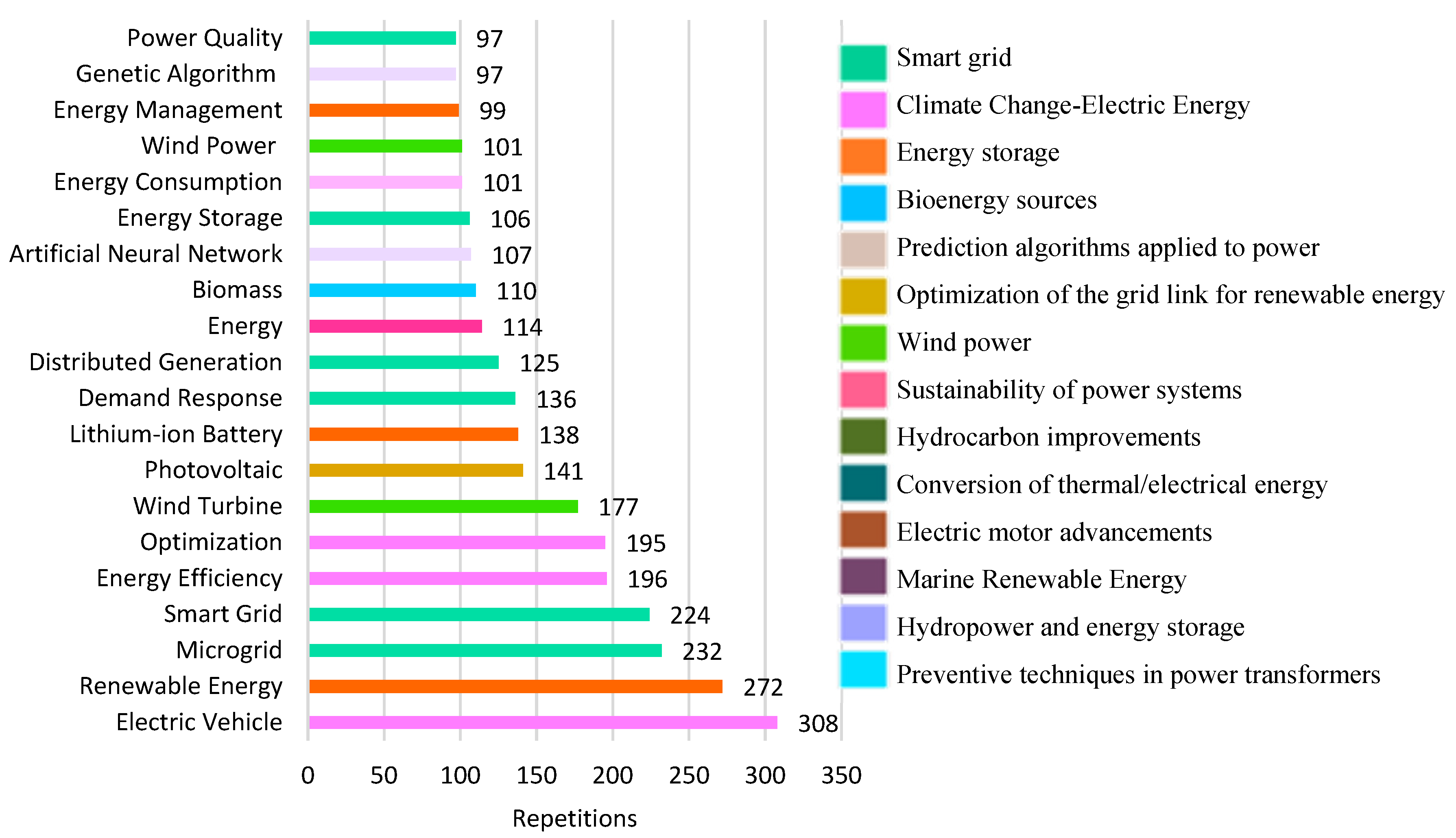
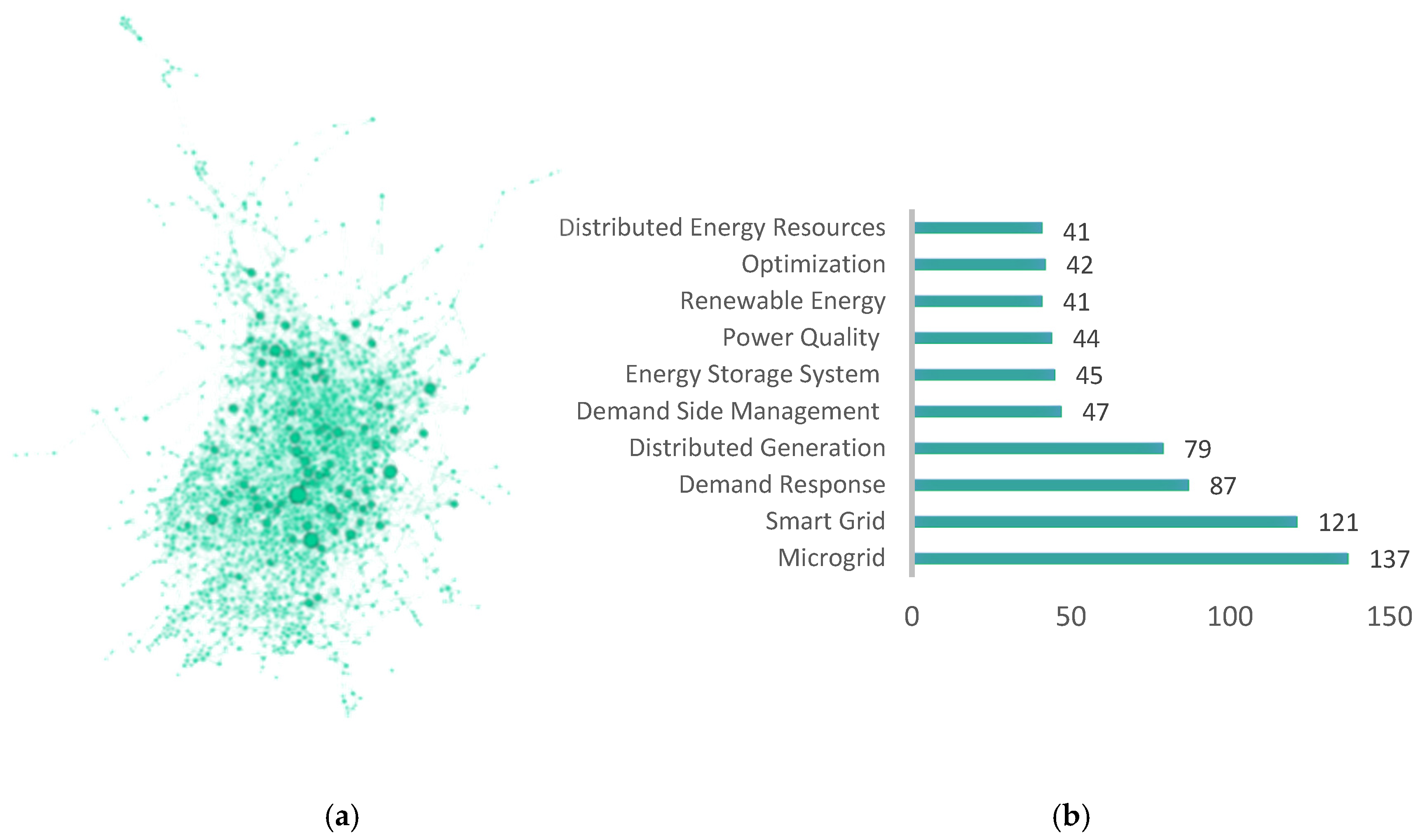
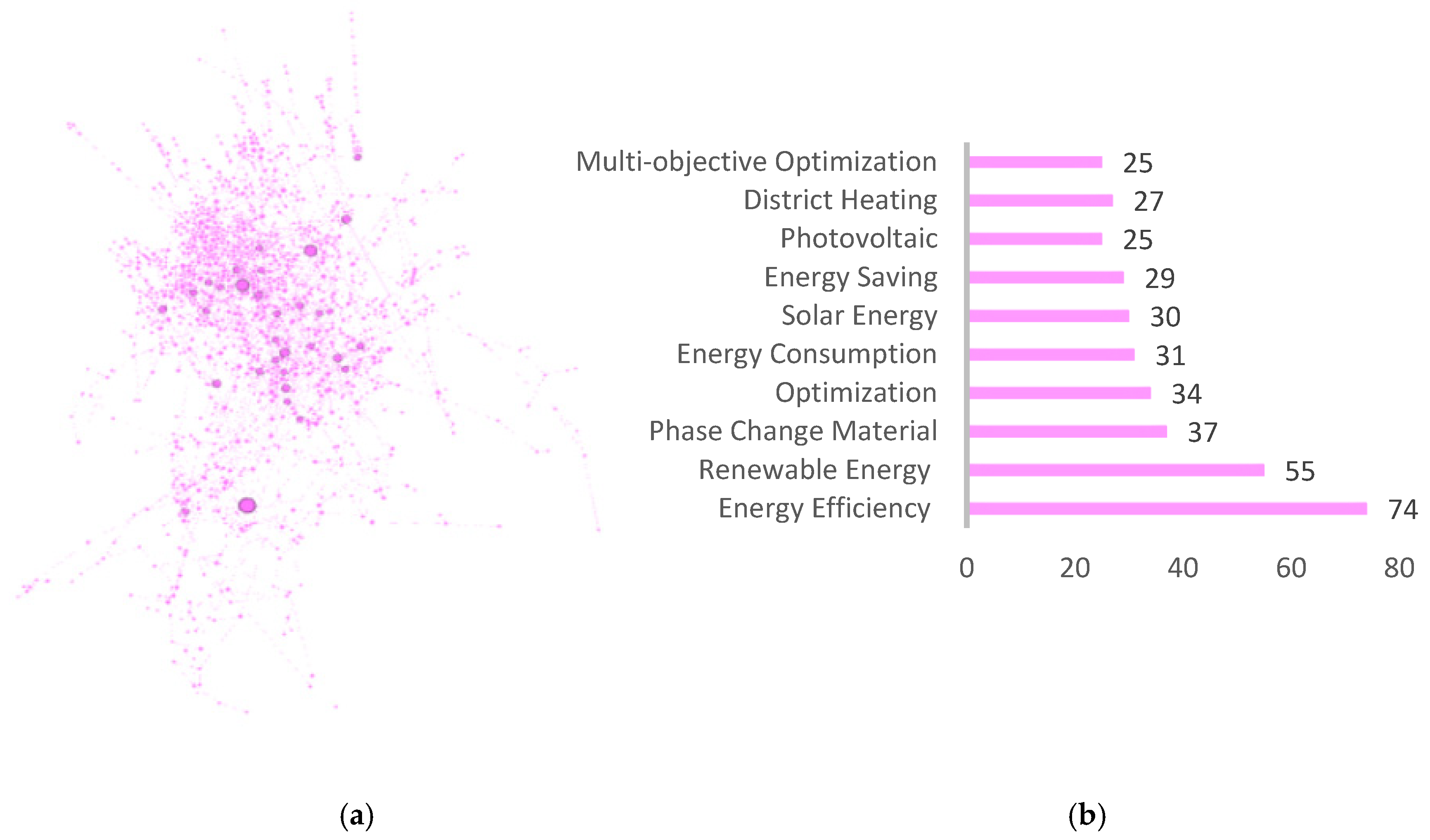
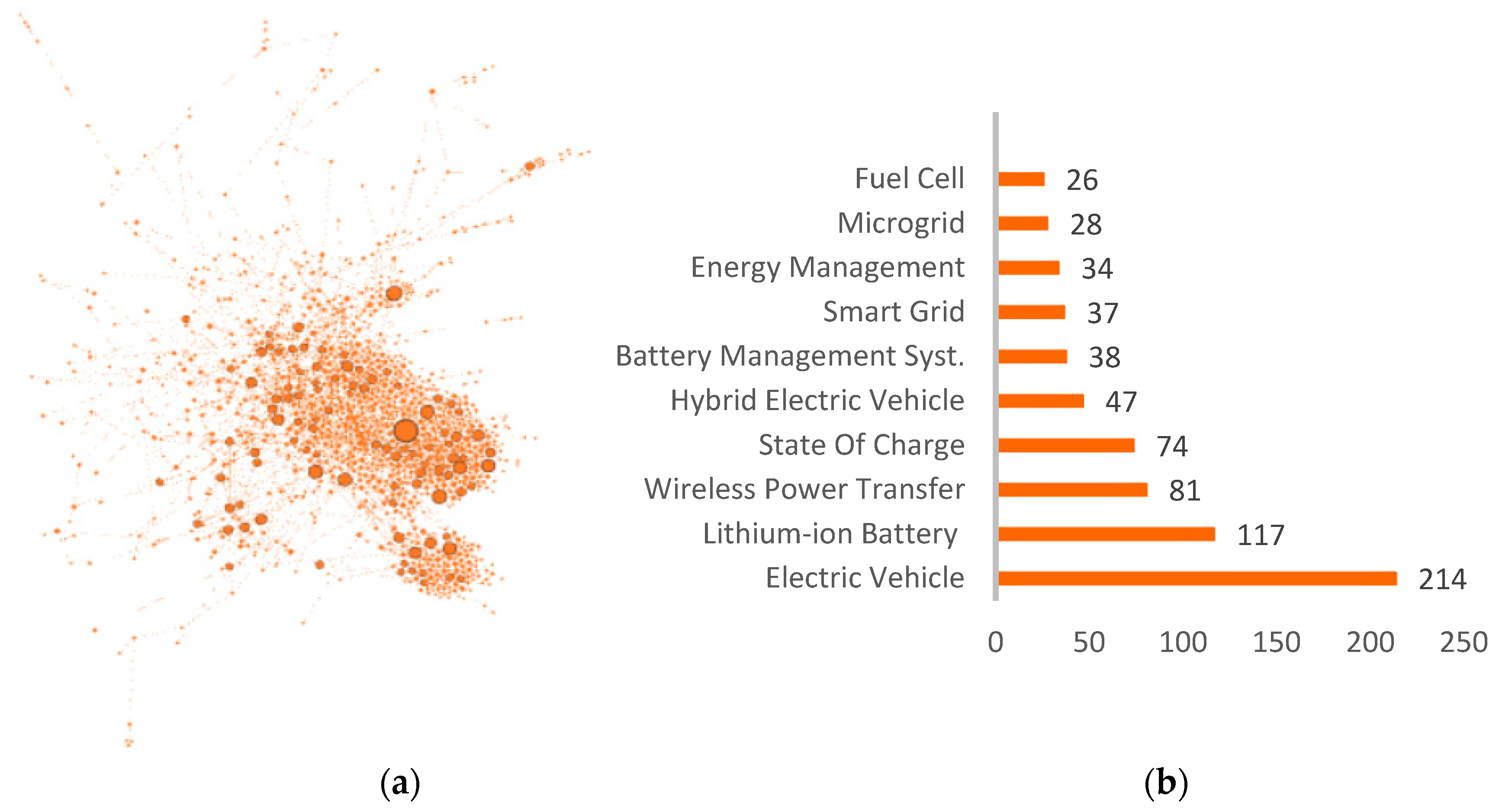
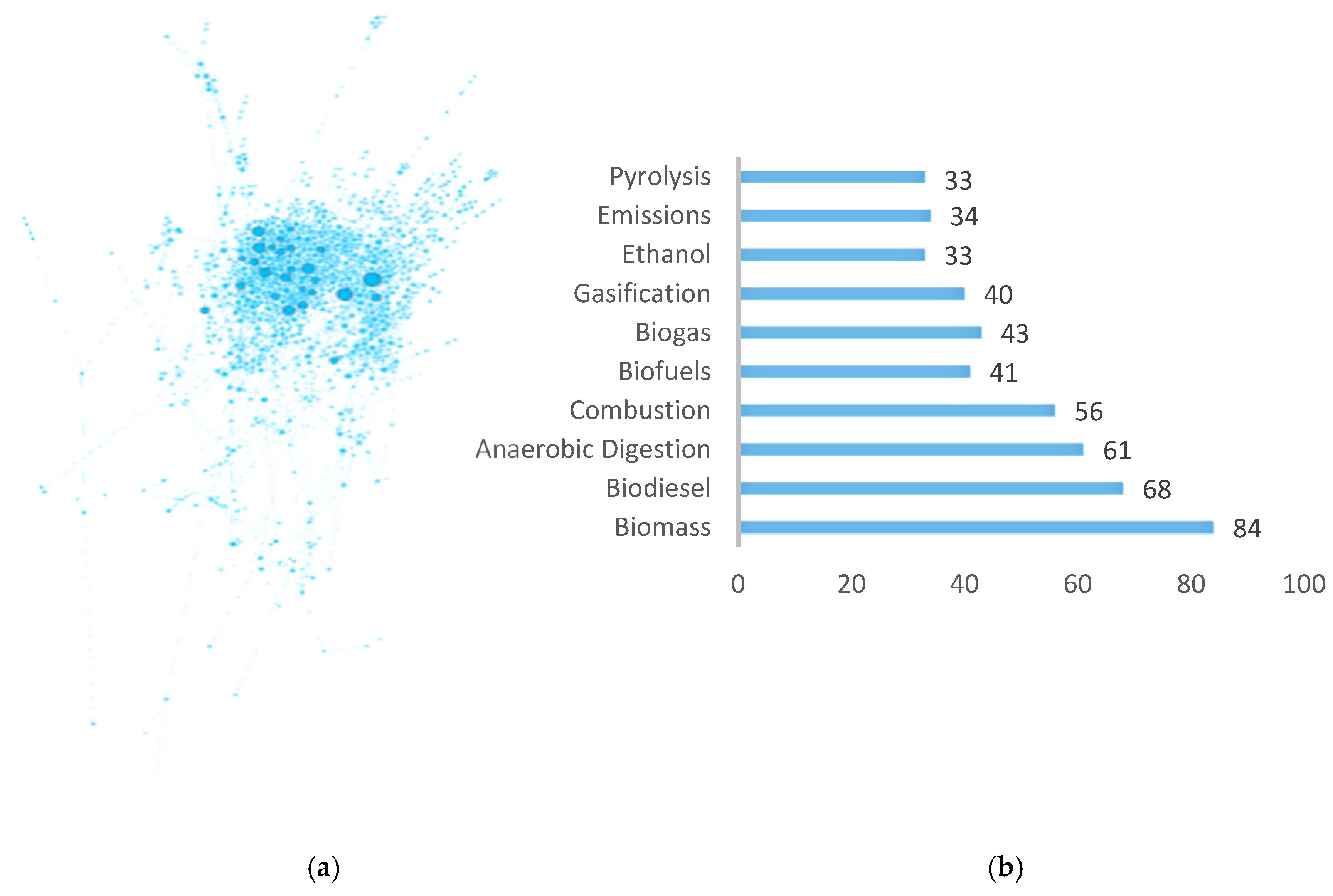
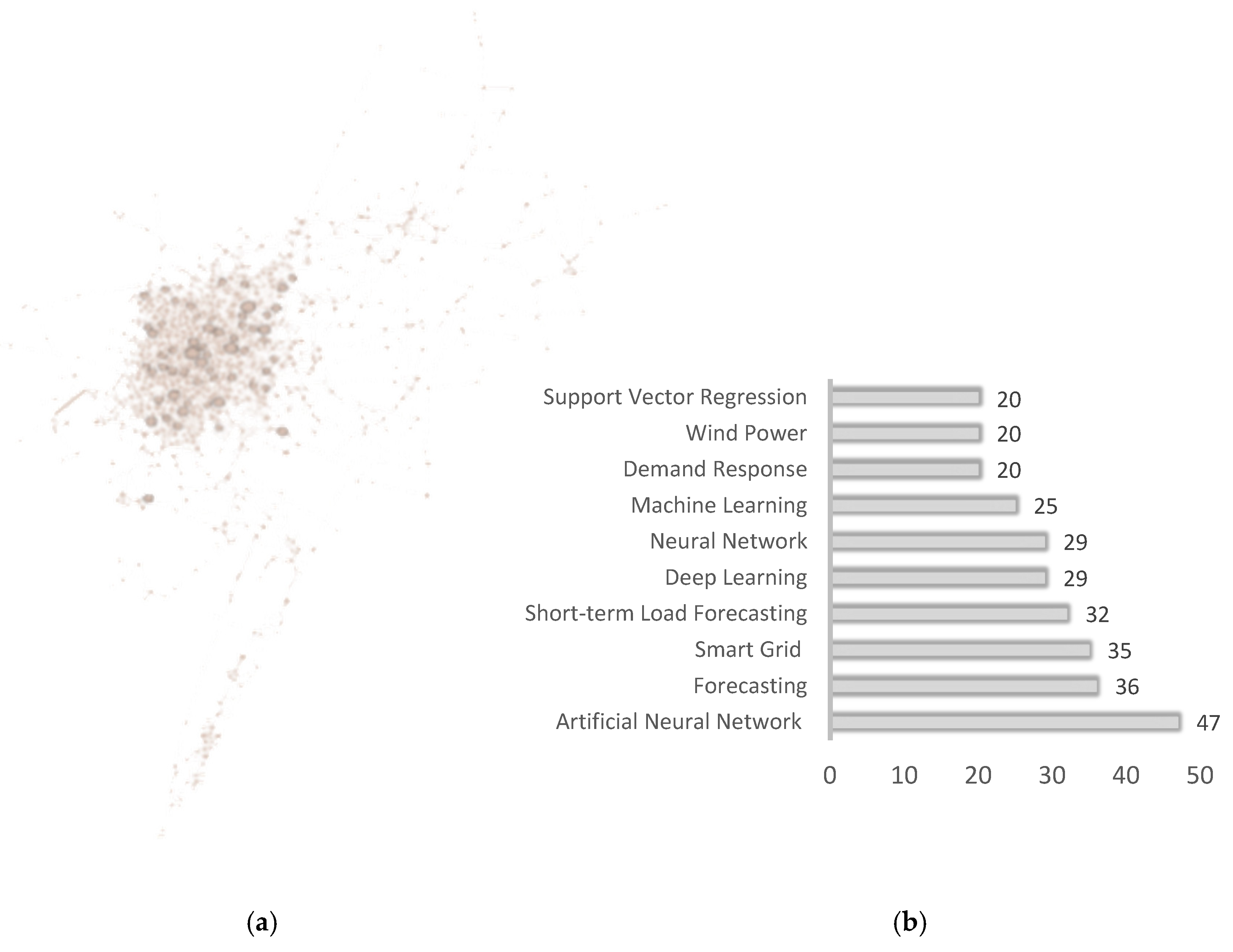
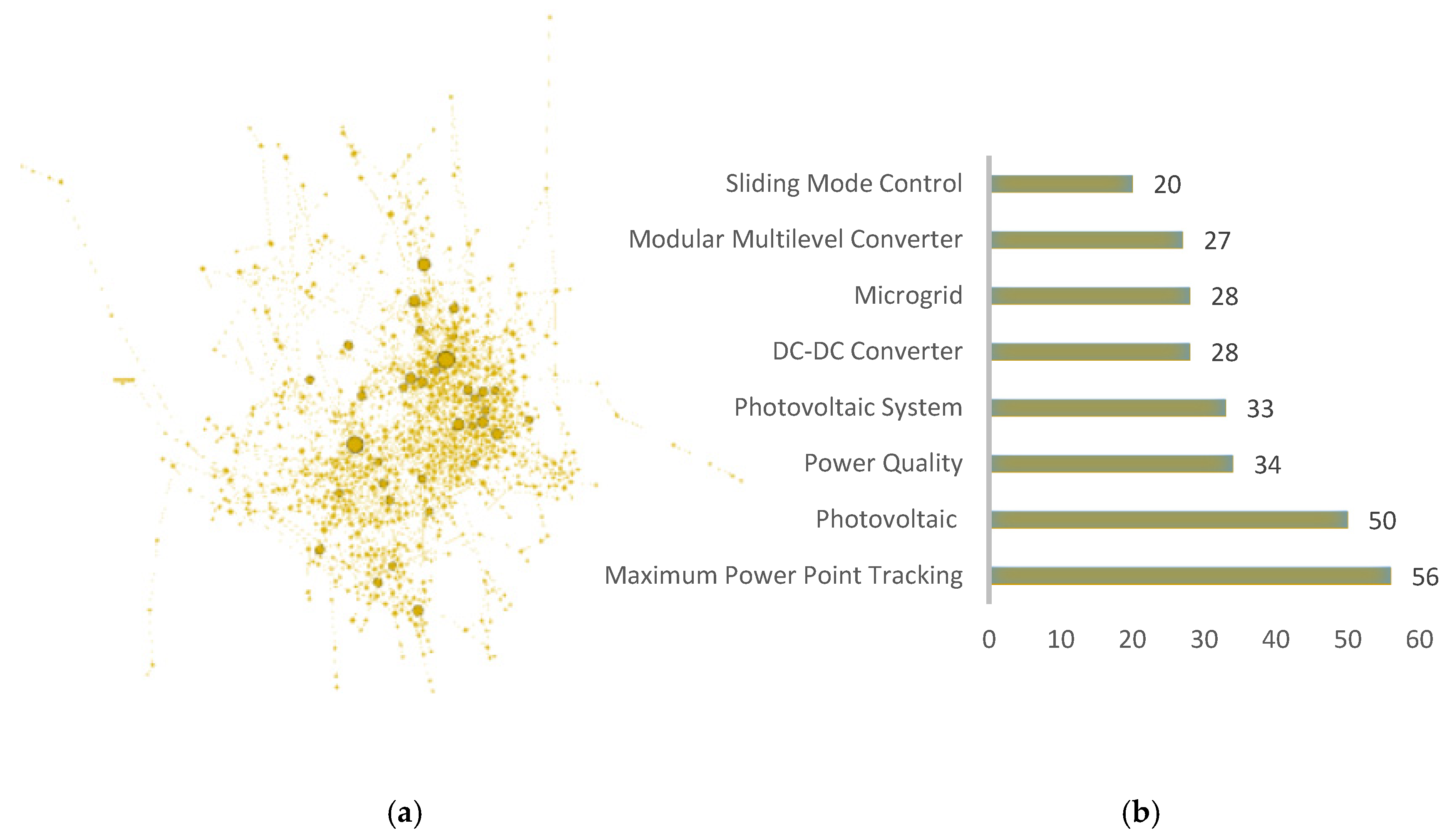
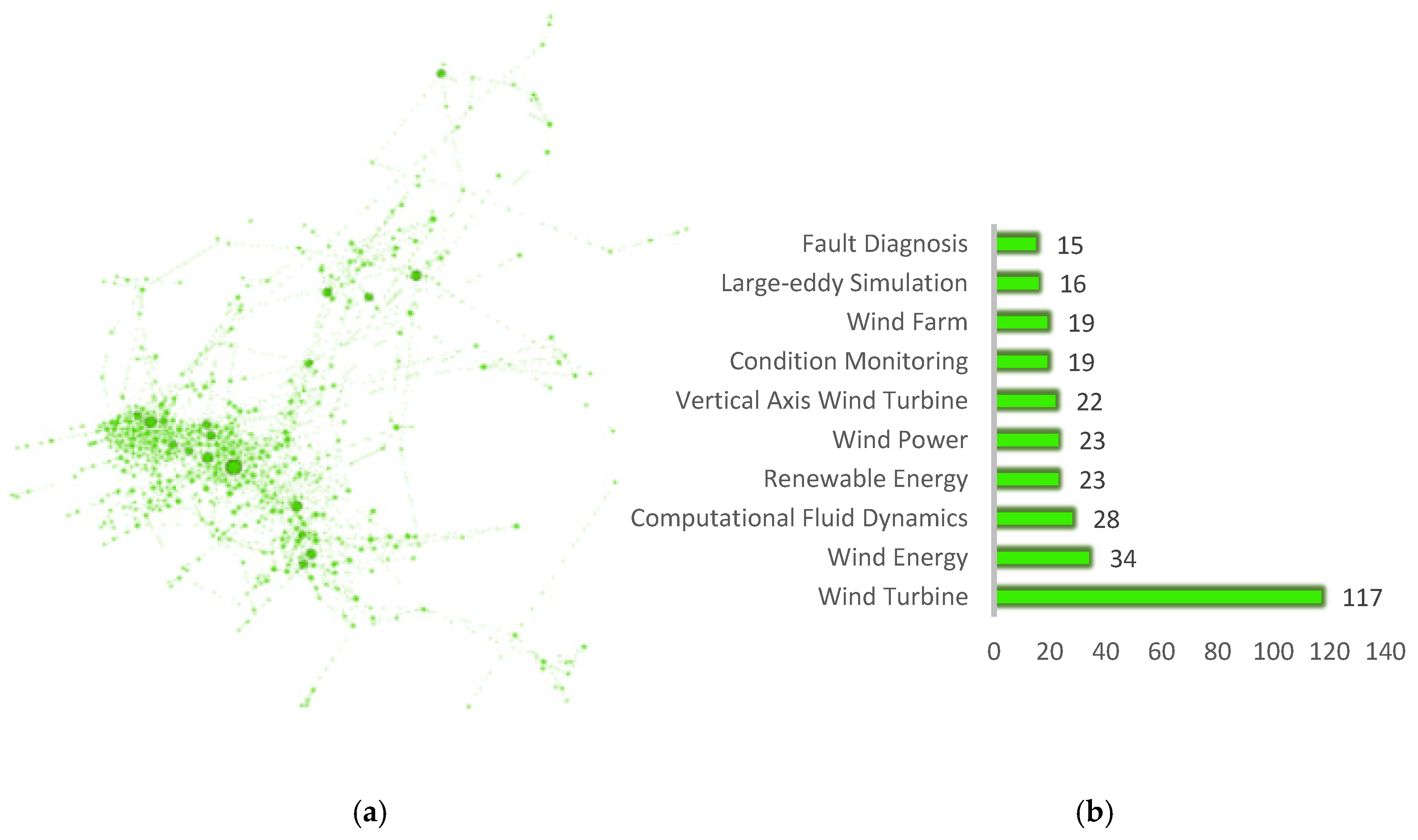
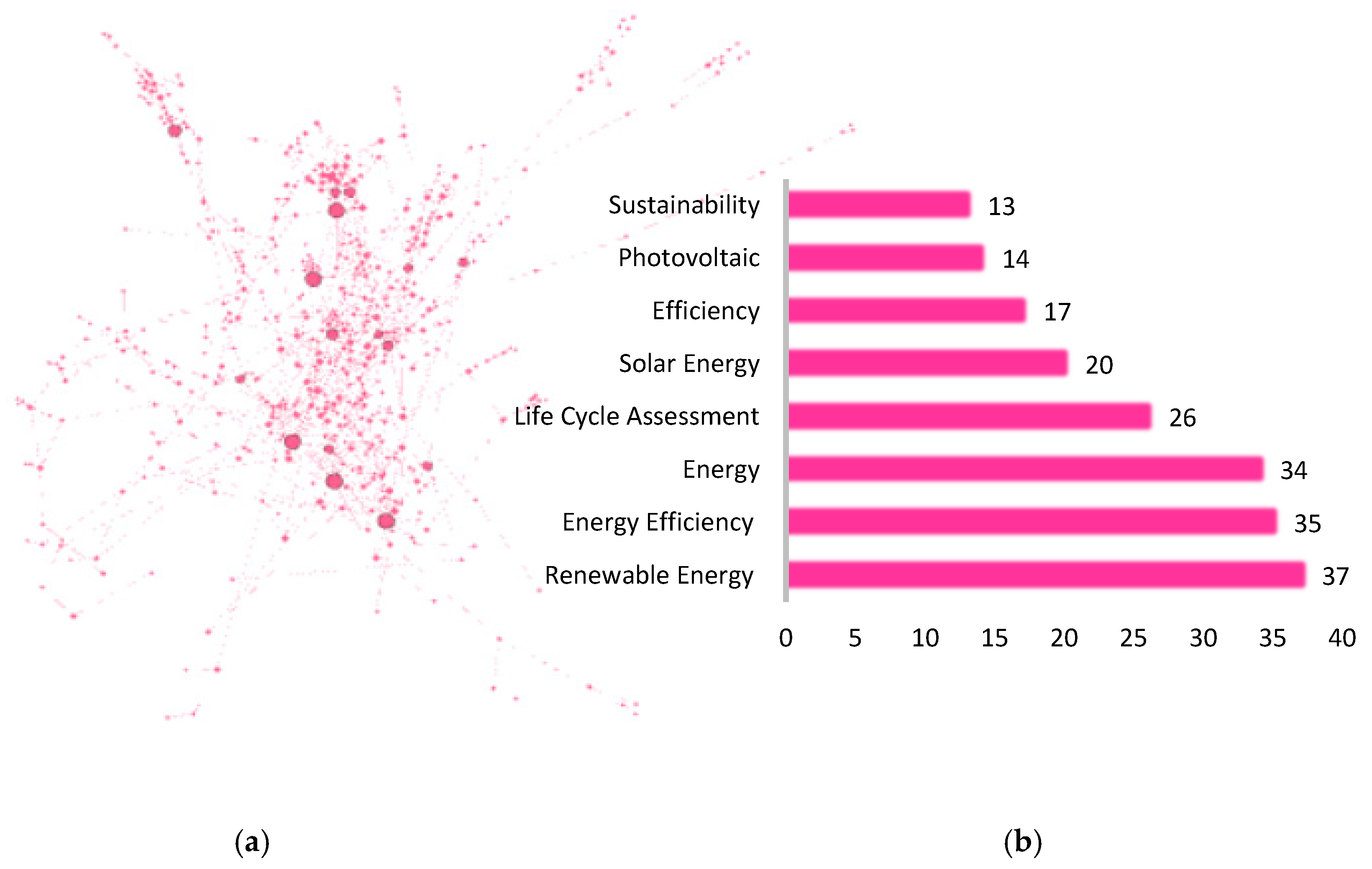
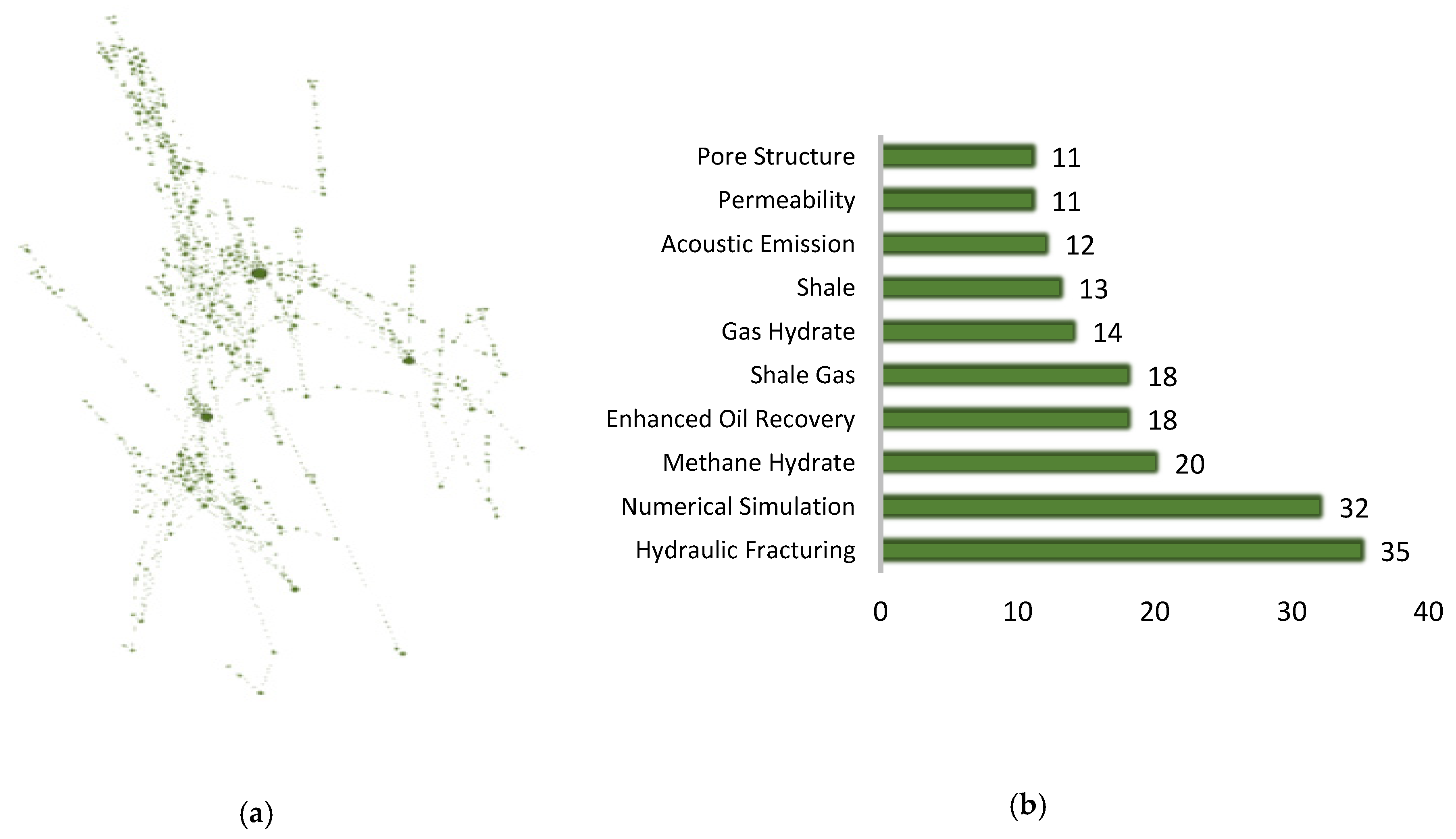
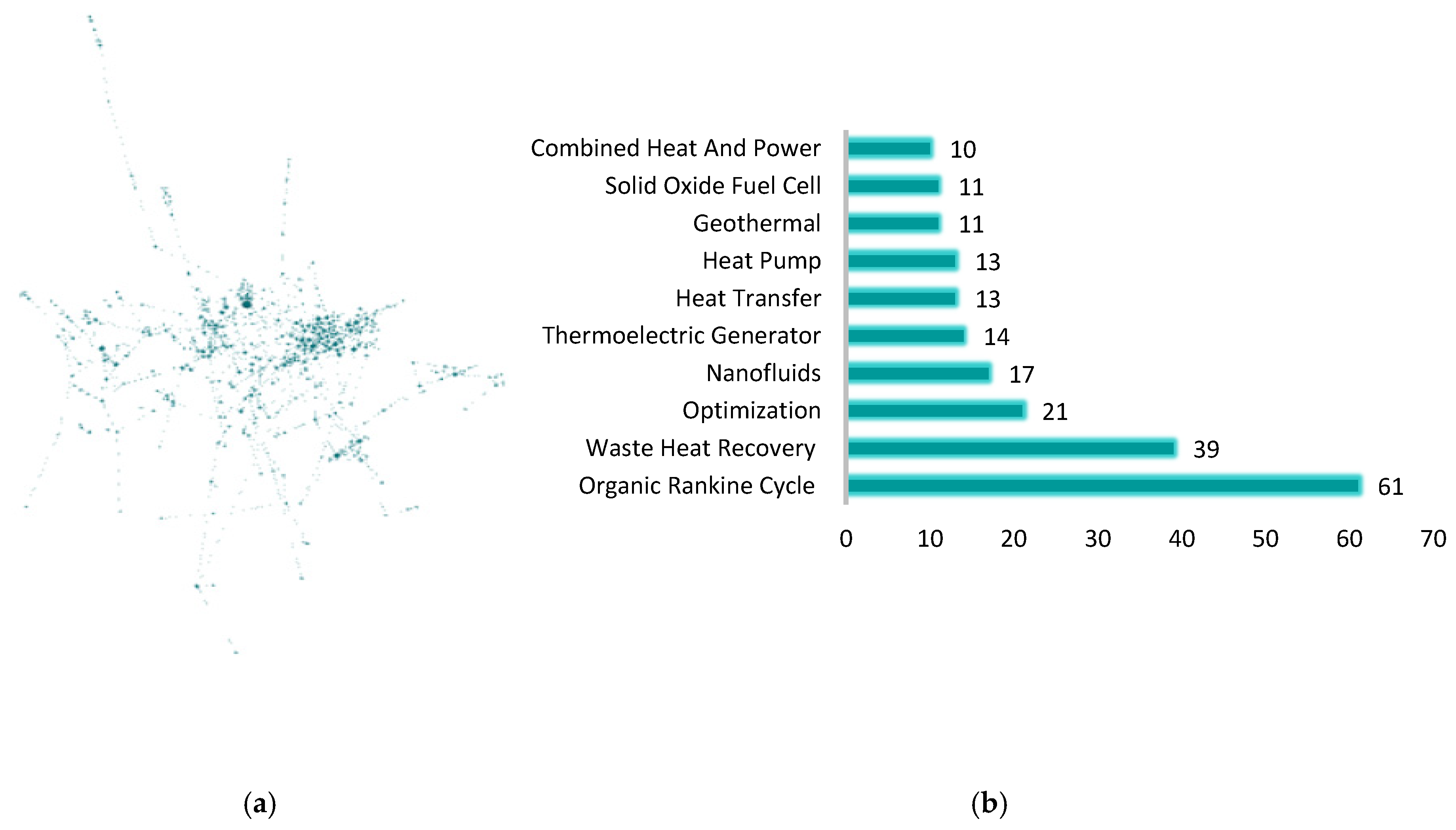
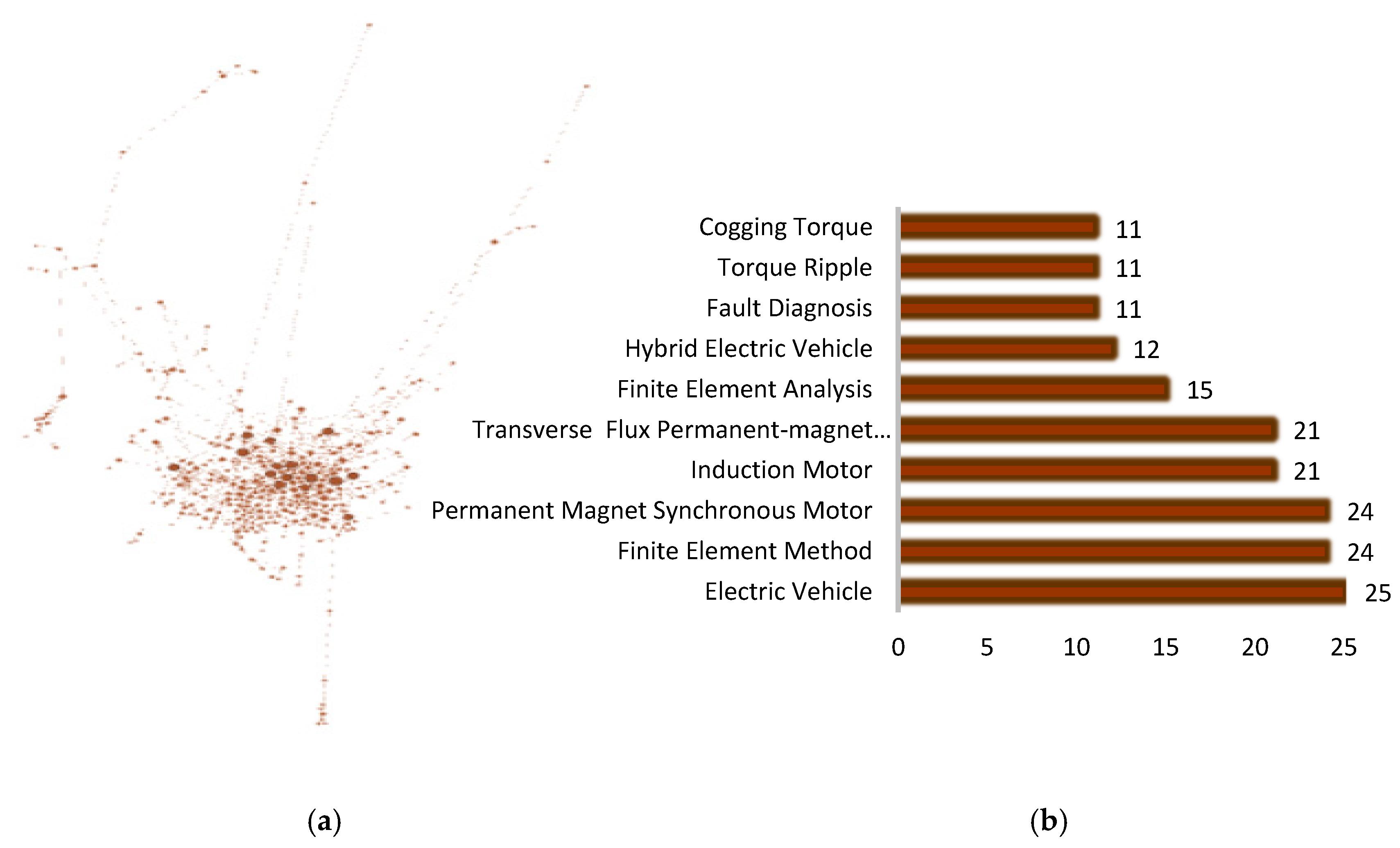
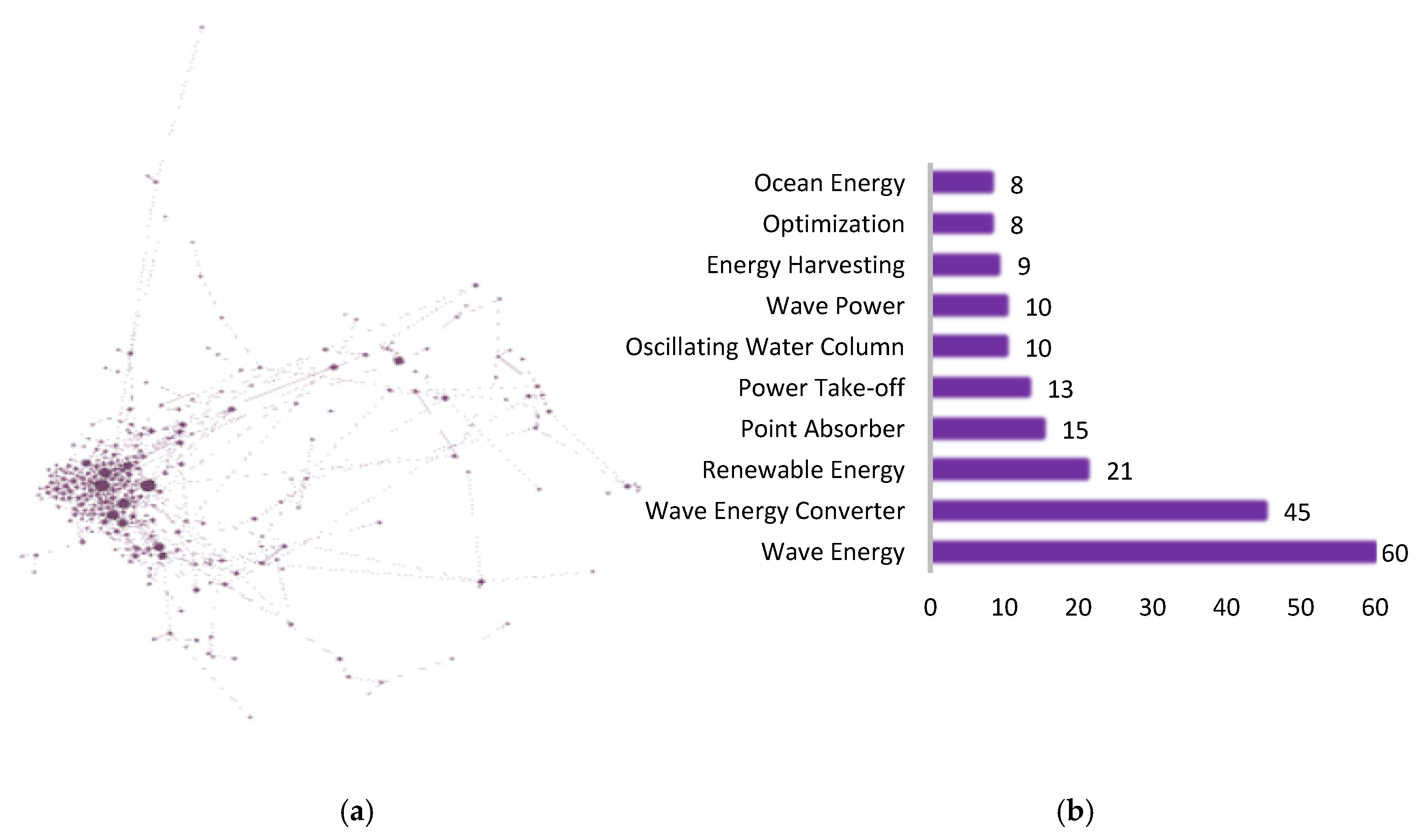
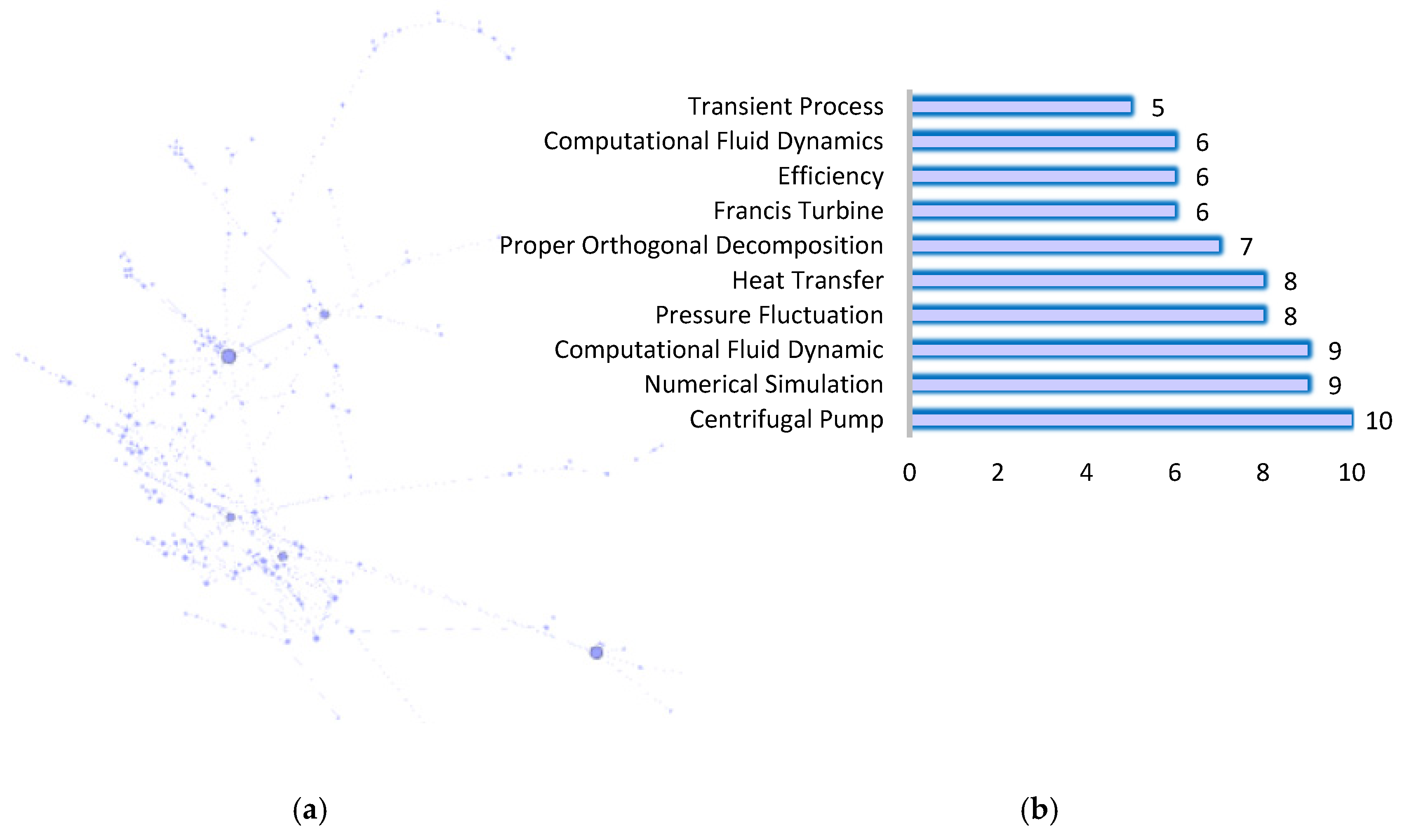
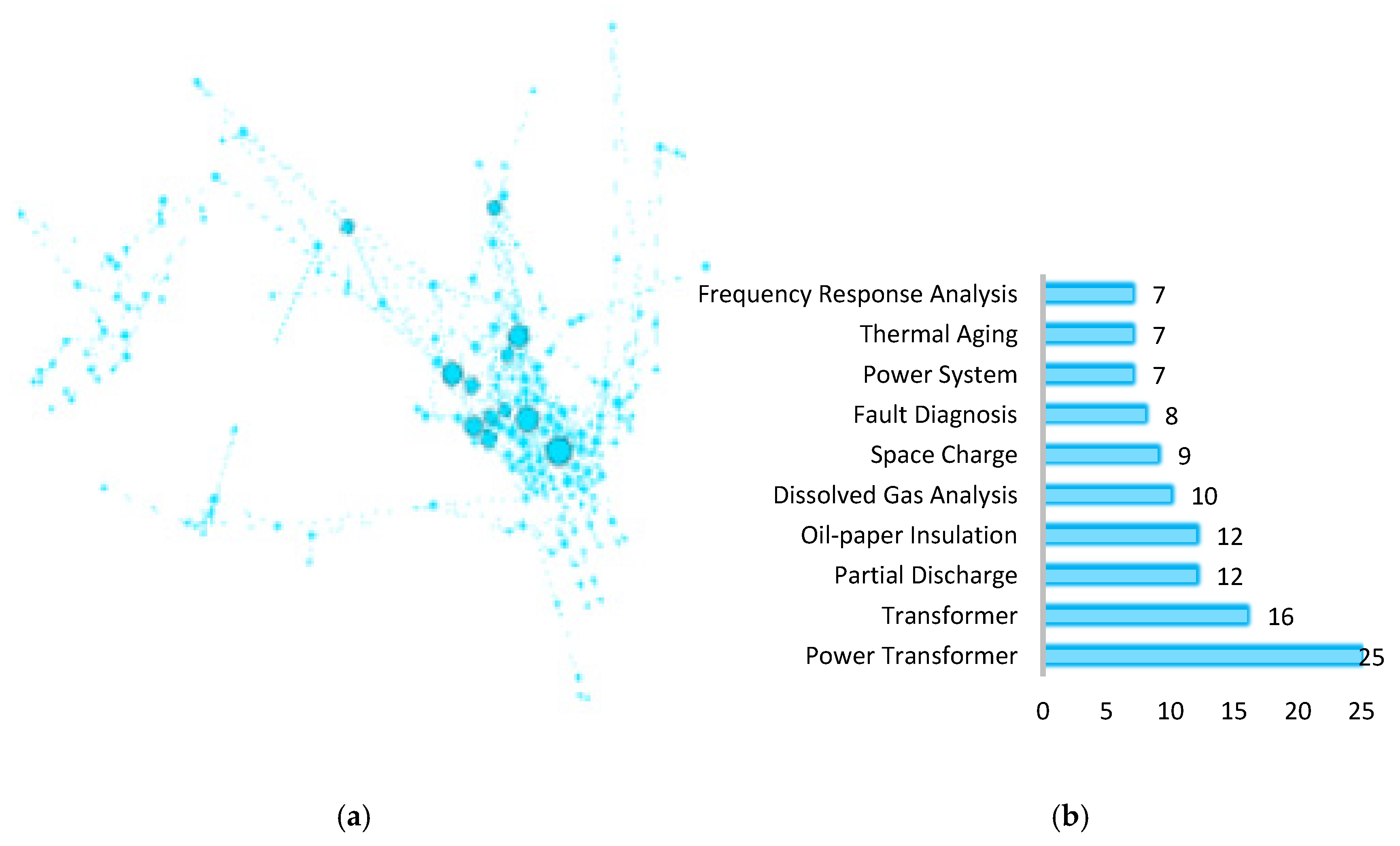
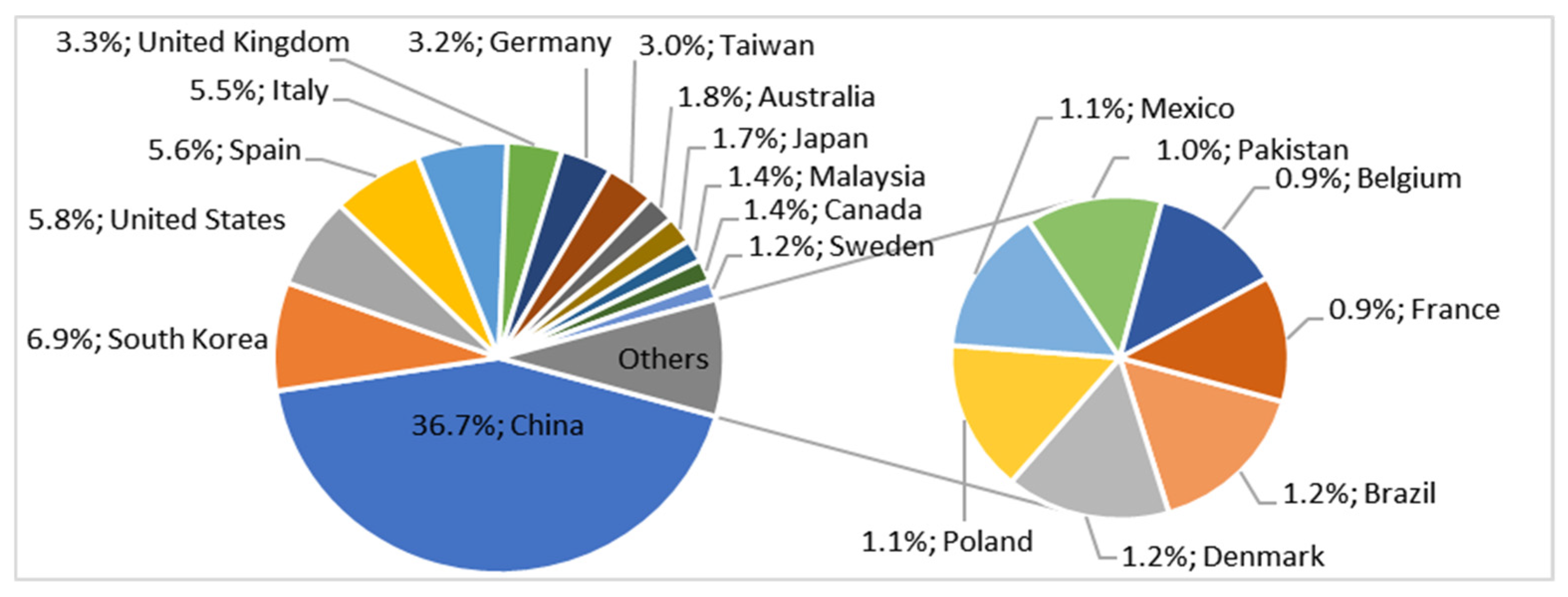
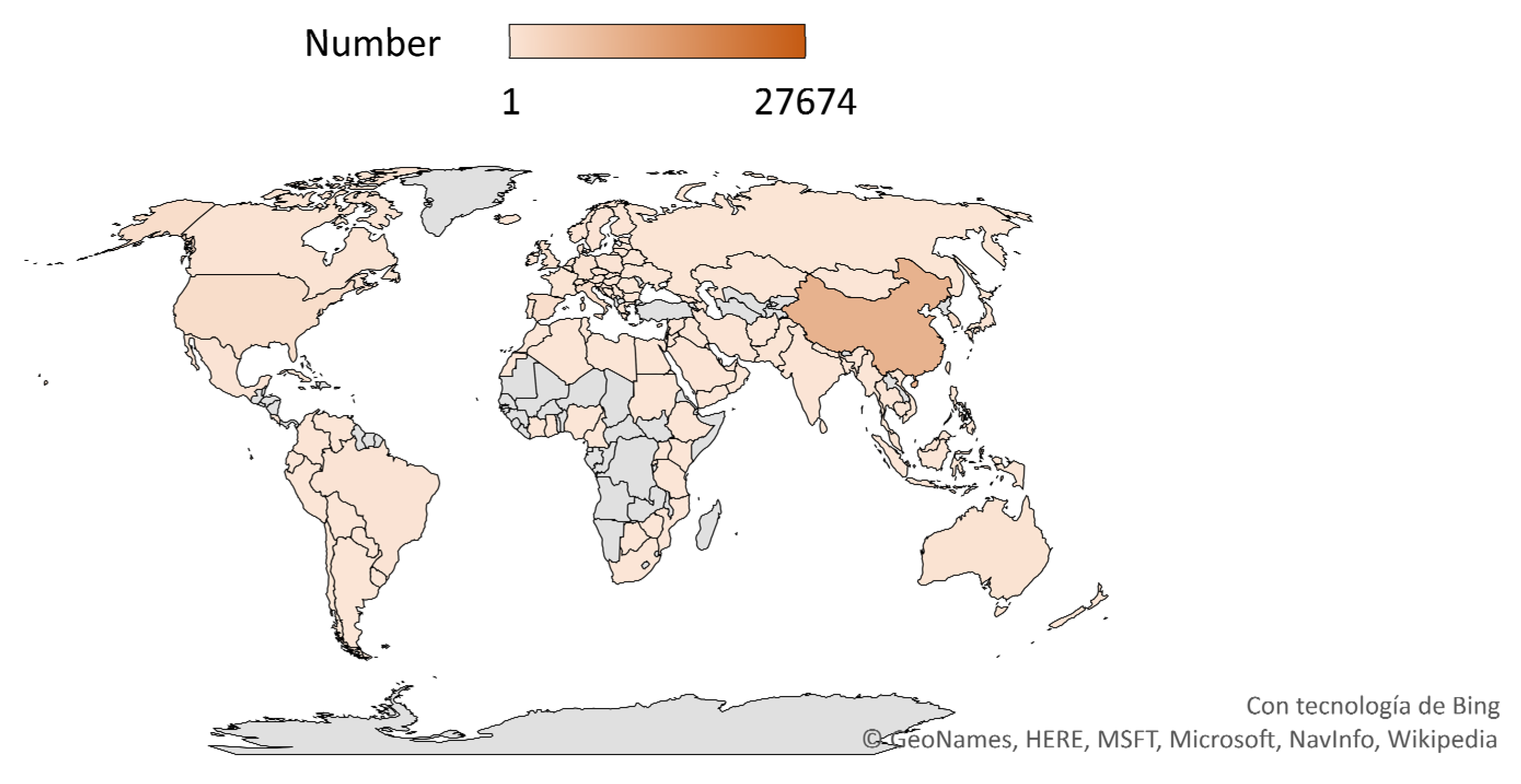

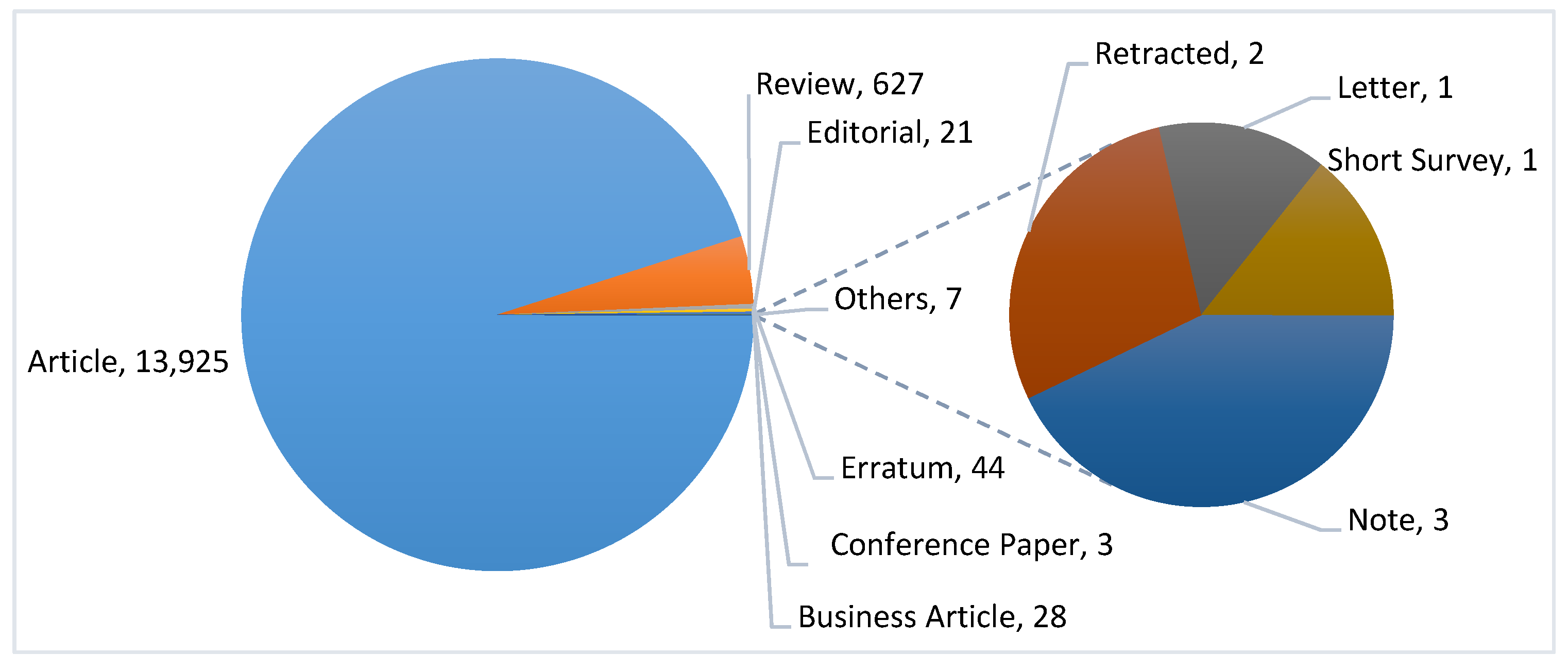
| Subject Areas | Topics | Subject Areas | Topics |
|---|---|---|---|
| Energy Fundamentals |
Thermodynamics Energy forms Heat Energy transformation Mechanical energy Blue energy Internal energy Energy quality Energy density Energy flow | Energy Conversion Systems |
Combustion: Conventional and Advanced Thermal Engines Boilers Heat Exchangers Electric-, Hybrid- and Hydrogen Vehicles Alternative Energy Vehicles Electricity Generation Power Plants Co- and Trigeneration Energy Cascading Domestic and Industrial Applications Aeronautical and Aerospace Energy Systems |
| Primary Energy Sources |
Fossil: Coal, Gas, Nuclear, Oil Renewable: Geothermal, Hydraulic, Ocean, Solar Thermal, Solar Photovoltaic, Solar High-T, Wind | Energy Policy |
Energy Saving and Efficiency Energy conversion and management Environmental Effects Energy and Environmental Indicators Sustainable Energy Systems “Green” energy |
| Secondary Energy Sources and Energy Carriers |
Biomass and Biofuels Hydrogen Liquified Natural Gas Microwave Energy conversion Waste-derived fuels | Exergy | No topics |
| Energy Exploration and Exploitation Intermediate and Final Energy Use |
Energetic materials Energy storage Power supply Distributed generation Energy and Buildings Power Transmission Energy Infrastructure | Energetics |
Bioenergetics Chemical Energetics Energy in Physical Cosmology |
| Energy Research and Development | No topics |
| Scopus ID | Indexed Name | H-Index | City | Country | University |
|---|---|---|---|---|---|
| 7004442771 | Ruoff R. | 136 | Ulsan | South Korea | Ulsan National Institute of Science and Technology |
| 7202285914 | Bando Y. | 121 | Tsukuba | Japan | National Institute for Materials Science Tsukuba |
| 7004992352 | Blaabjerg F. | 114 | Aalborg | Denmark | Aalborg Universitet |
| 55762454700 | Logan B. | 114 | University Park | United States | Pennsylvania State University |
| 7101966137 | Haddon R. | 111 | Riverside | United States | University of California, Riverside |
| 35397372900 | Havlin S. | 104 | Ramat Gan | Israel | Bar-Ilan University |
| 7006586066 | Ariga K. | 101 | Tsukuba | Japan | National Institute for Materials Science Tsukuba |
| 36078440500 | Wang J. | 98 | Beijing | China | Beihang University |
| 57189710804 | Amine K. | 98 | Argonne | United States | Argonne National Laboratory |
| 55955529900 | Zhu J. | 92 | Nanjing | China | Nanjing University |
| 8856998000 | Hayat T. | 86 | Islamabad | Pakistan | Quaid-i-Azam University |
| 7102851356 | Curtiss L. | 86 | Argonne | United States | Argonne National Laboratory |
| 23017714200 | Bonamente E. | 85 | Perugia | Italy | Università degli Studi di Perugia |
| 35549251600 | Lipo T. | 83 | Tallahassee | United States | Florida State University |
| 7102165827 | Nan C. | 81 | Beijing | China | Tsinghua University |
| 57203271100 | Rodríguez J. | 77 | Santiago | Chile | Andres Bello National University |
| 7005453080 | Passerini S. | 76 | Ulm | Germany | Helmholtz Institute Ulm |
| 24783103100 | Hultman L. | 74 | Linkoping | Sweden | Linköpings universitet |
| 35588010400 | Guerrero J. | 74 | Aalborg | Denmark | Aalborg Universitet |
| 26643592500 | Lee J. | 74 | Pohang | South Korea | Pohang University of Science and Technology |
Publisher’s Note: MDPI stays neutral with regard to jurisdictional claims in published maps and institutional affiliations. |
© 2020 by the authors. Licensee MDPI, Basel, Switzerland. This article is an open access article distributed under the terms and conditions of the Creative Commons Attribution (CC BY) license (http://creativecommons.org/licenses/by/4.0/).
Share and Cite
Novas, N.; Alcayde, A.; Robalo, I.; Manzano-Agugliaro, F.; Montoya, F.G. Energies and Its Worldwide Research. Energies 2020, 13, 6700. https://doi.org/10.3390/en13246700
Novas N, Alcayde A, Robalo I, Manzano-Agugliaro F, Montoya FG. Energies and Its Worldwide Research. Energies. 2020; 13(24):6700. https://doi.org/10.3390/en13246700
Chicago/Turabian StyleNovas, Nuria, Alfredo Alcayde, Isabel Robalo, Francisco Manzano-Agugliaro, and Francisco G. Montoya. 2020. "Energies and Its Worldwide Research" Energies 13, no. 24: 6700. https://doi.org/10.3390/en13246700
APA StyleNovas, N., Alcayde, A., Robalo, I., Manzano-Agugliaro, F., & Montoya, F. G. (2020). Energies and Its Worldwide Research. Energies, 13(24), 6700. https://doi.org/10.3390/en13246700






